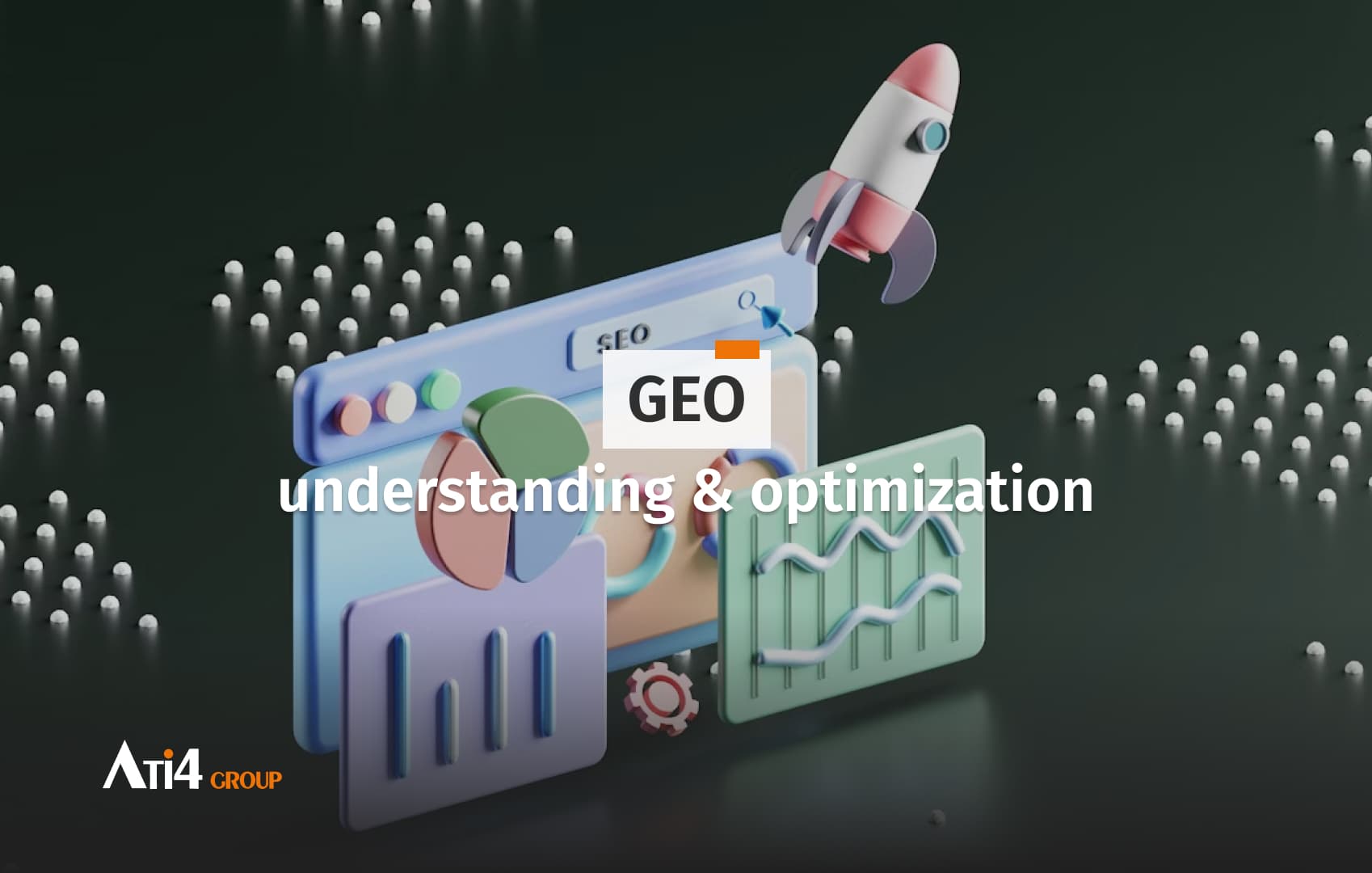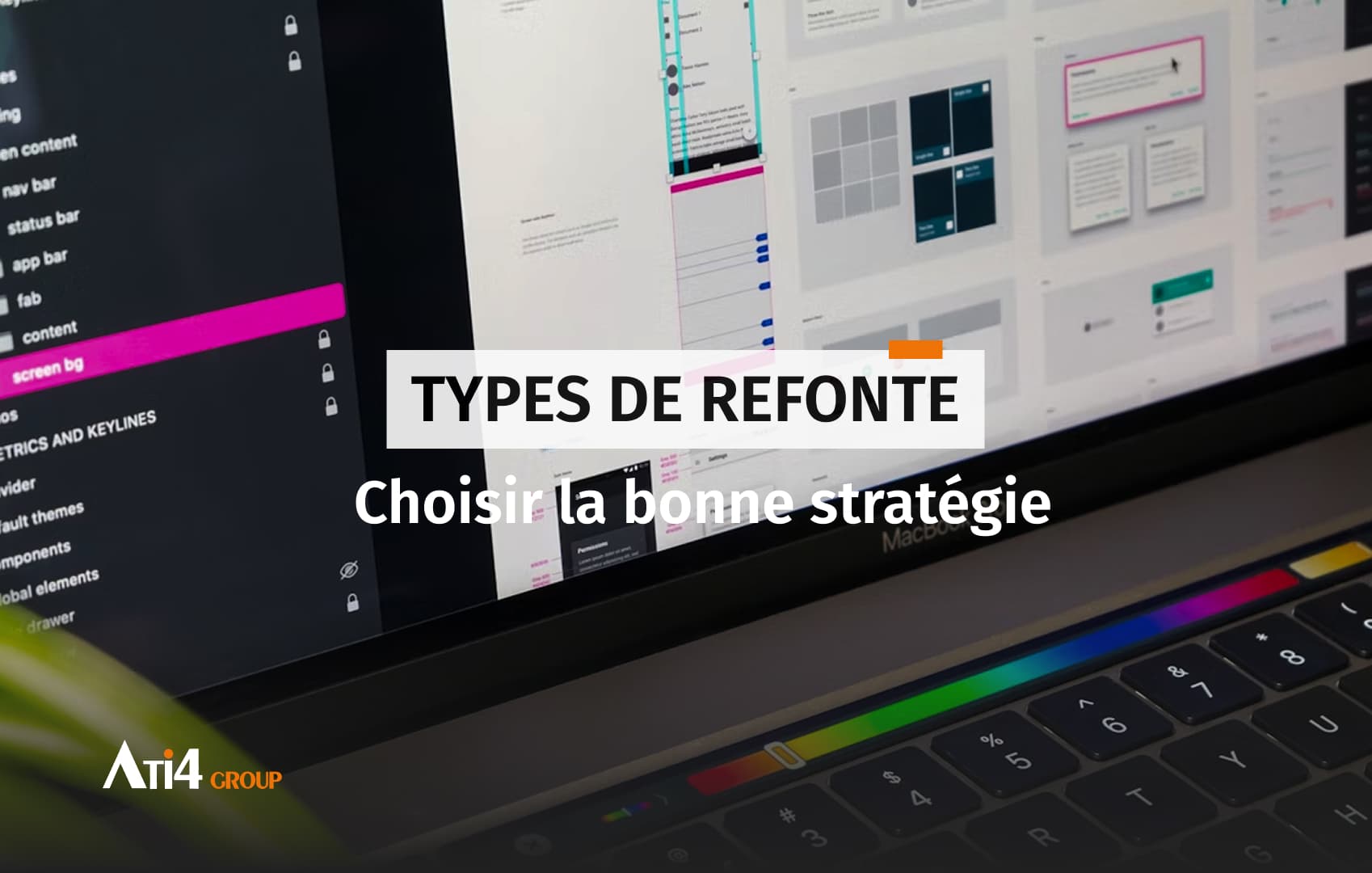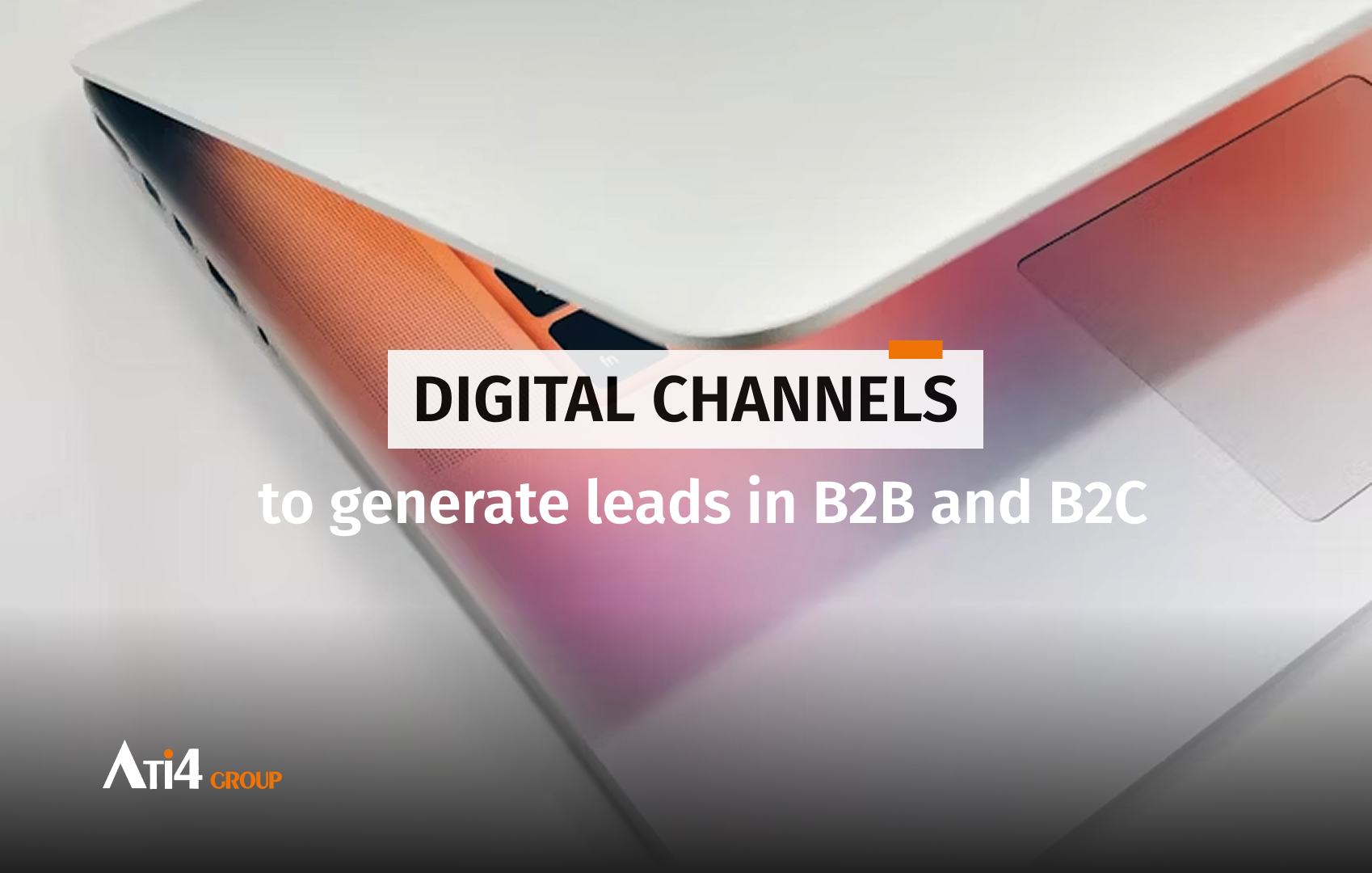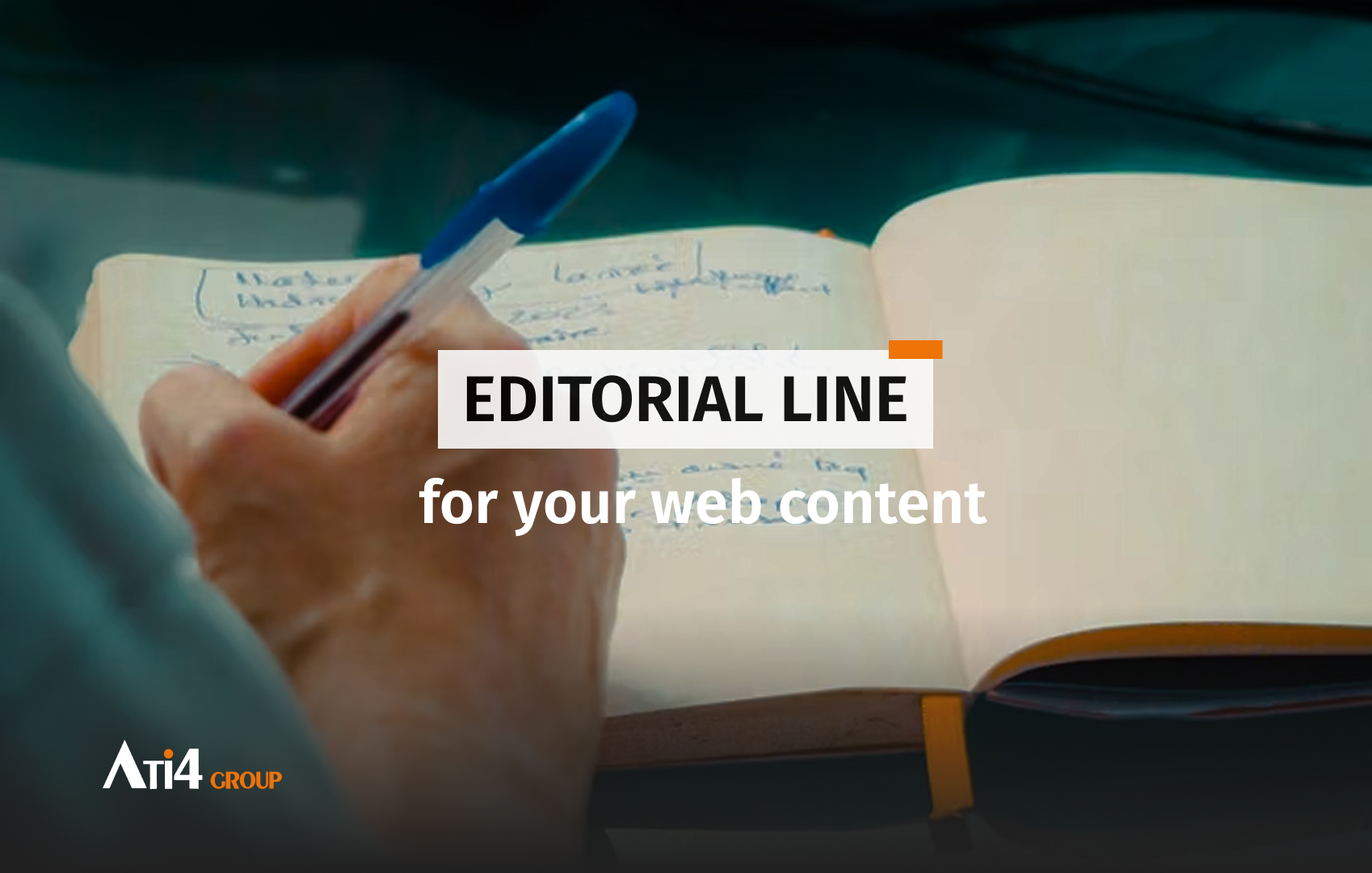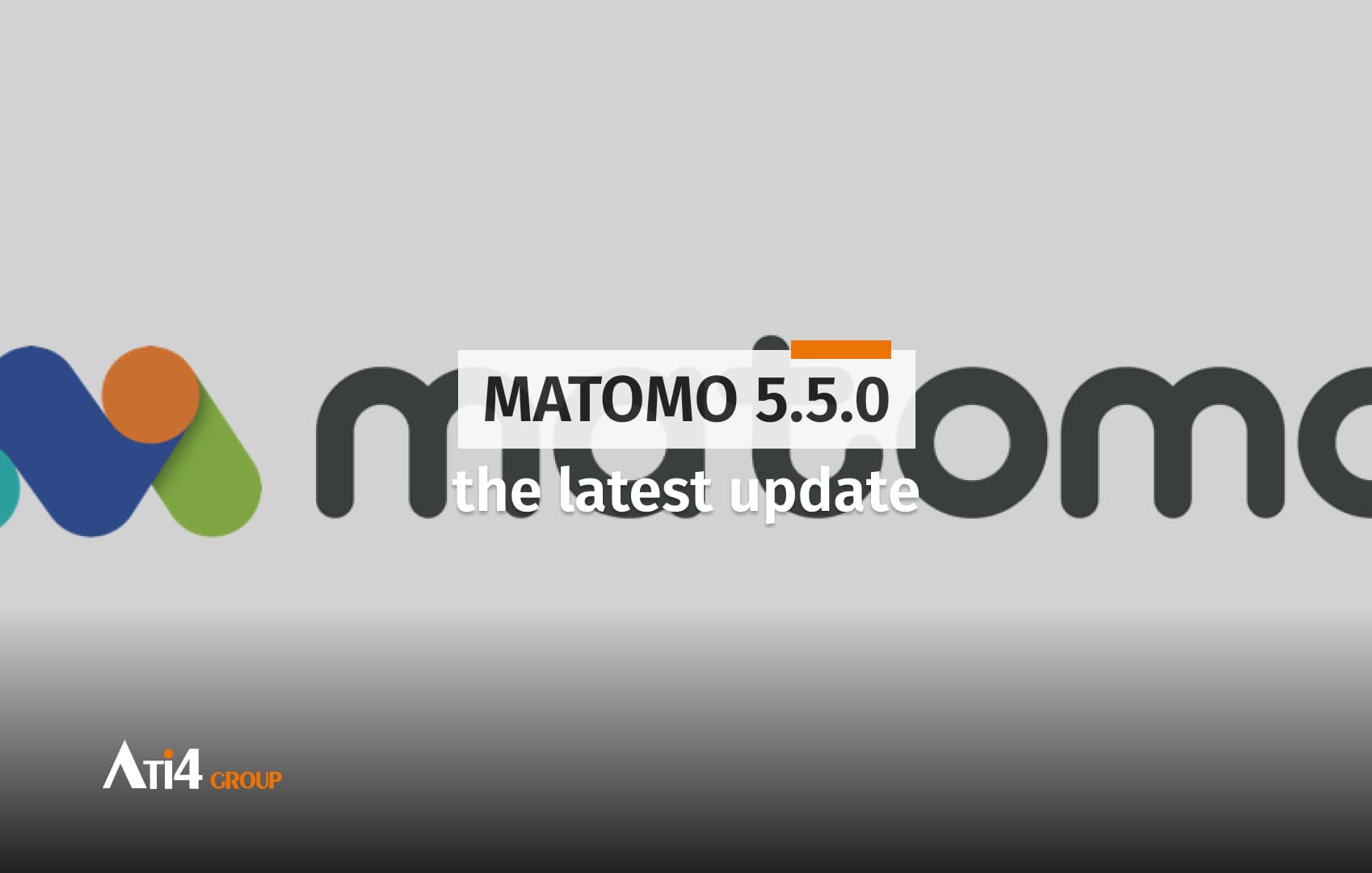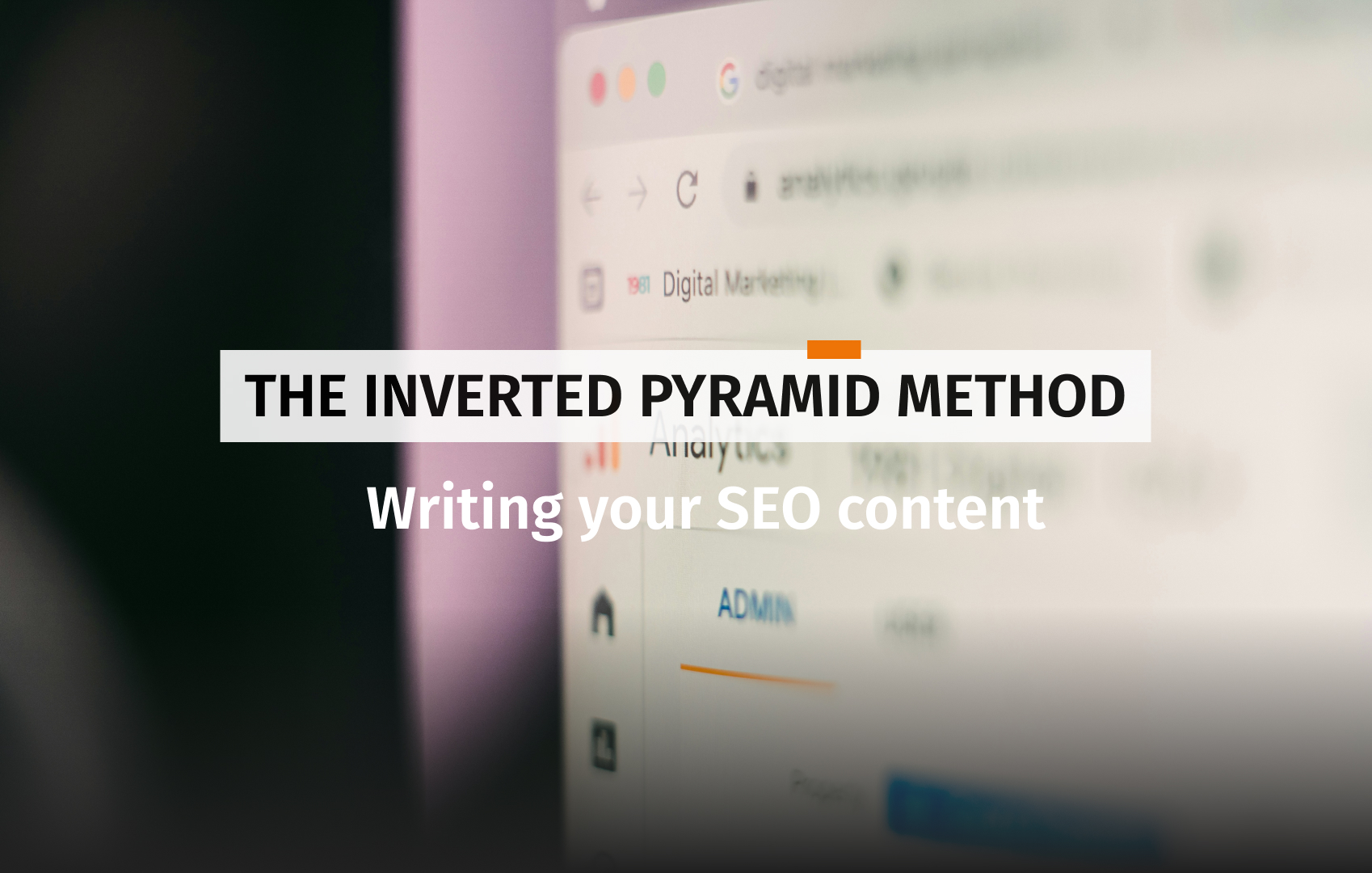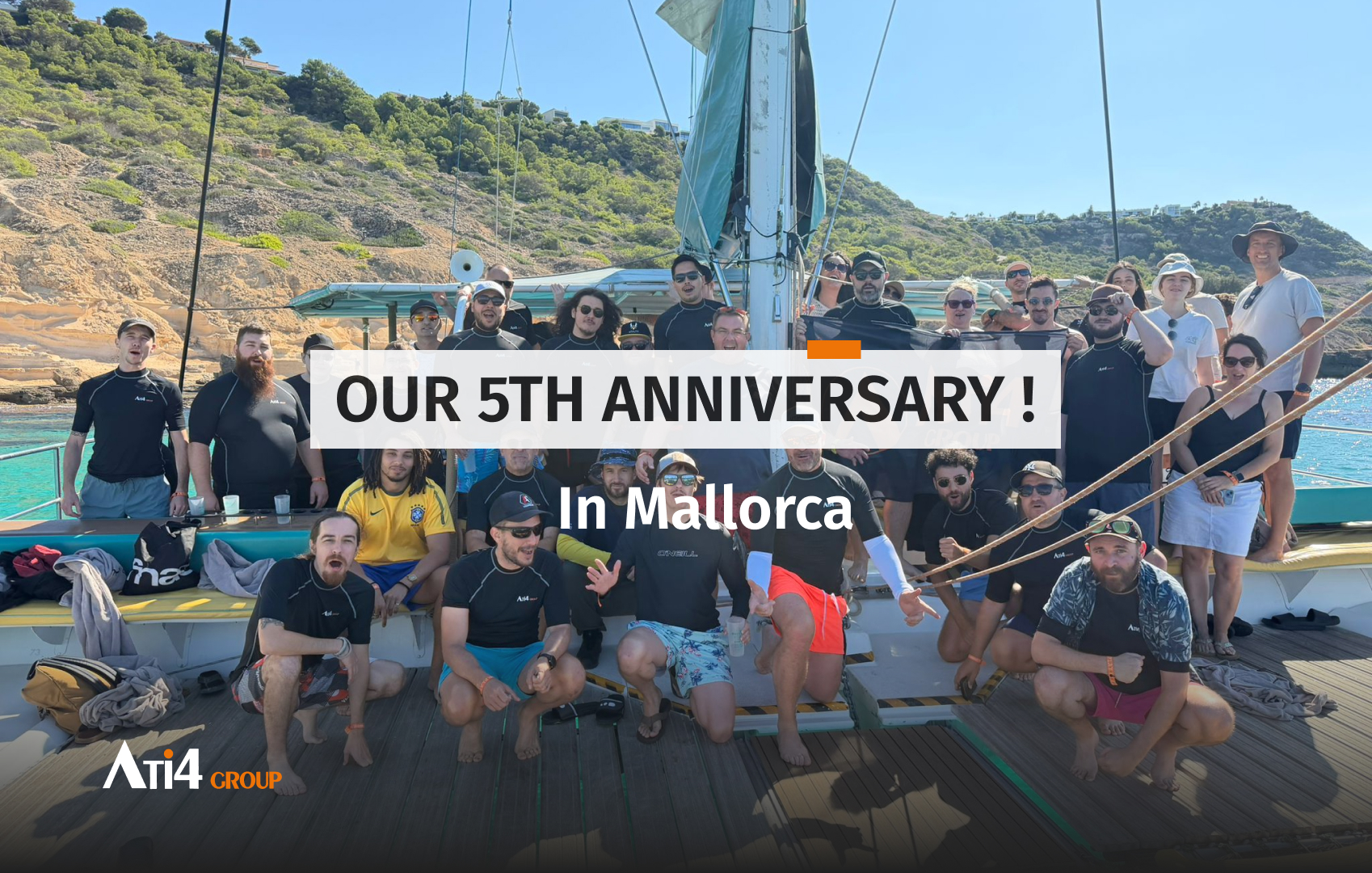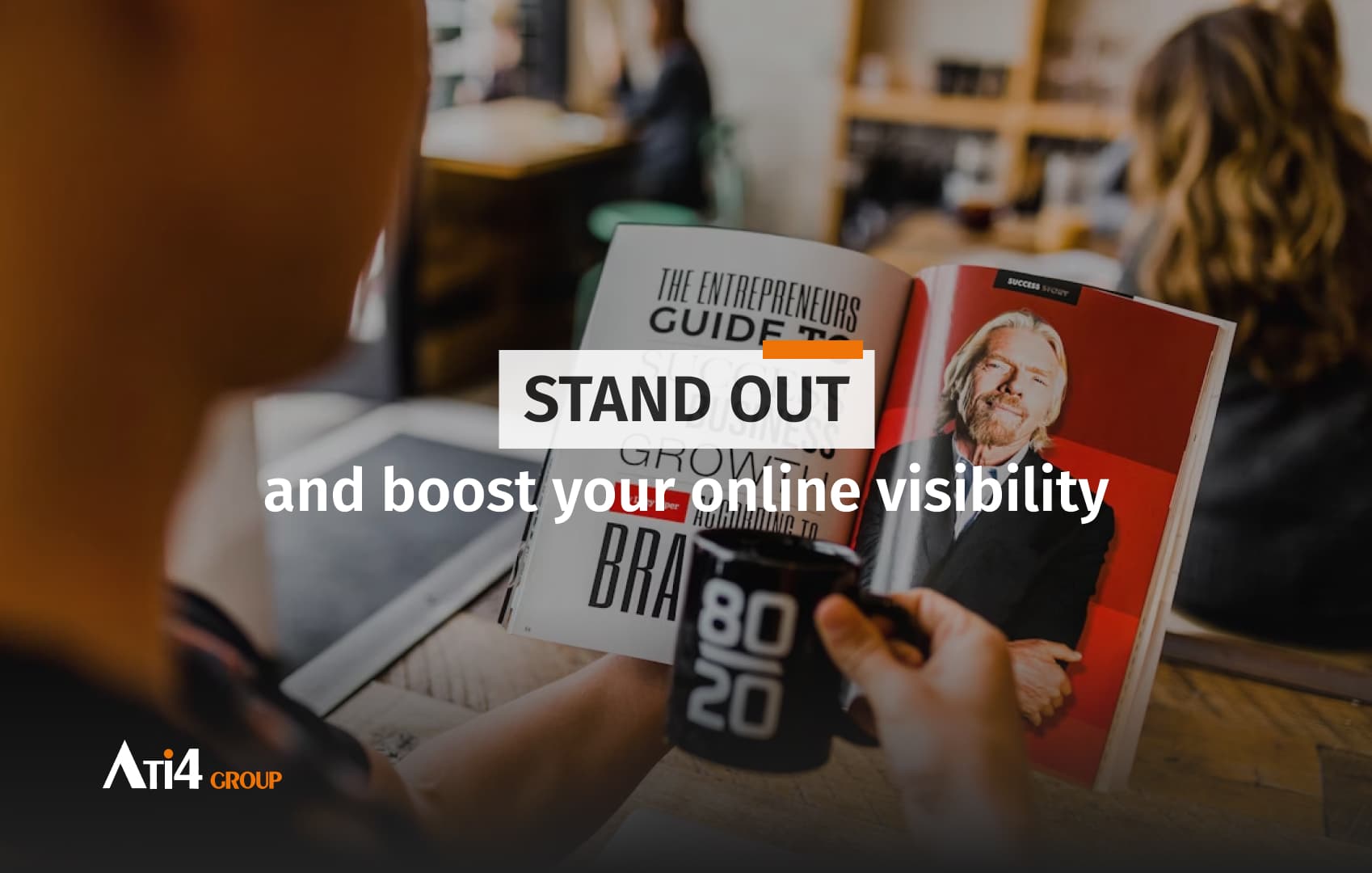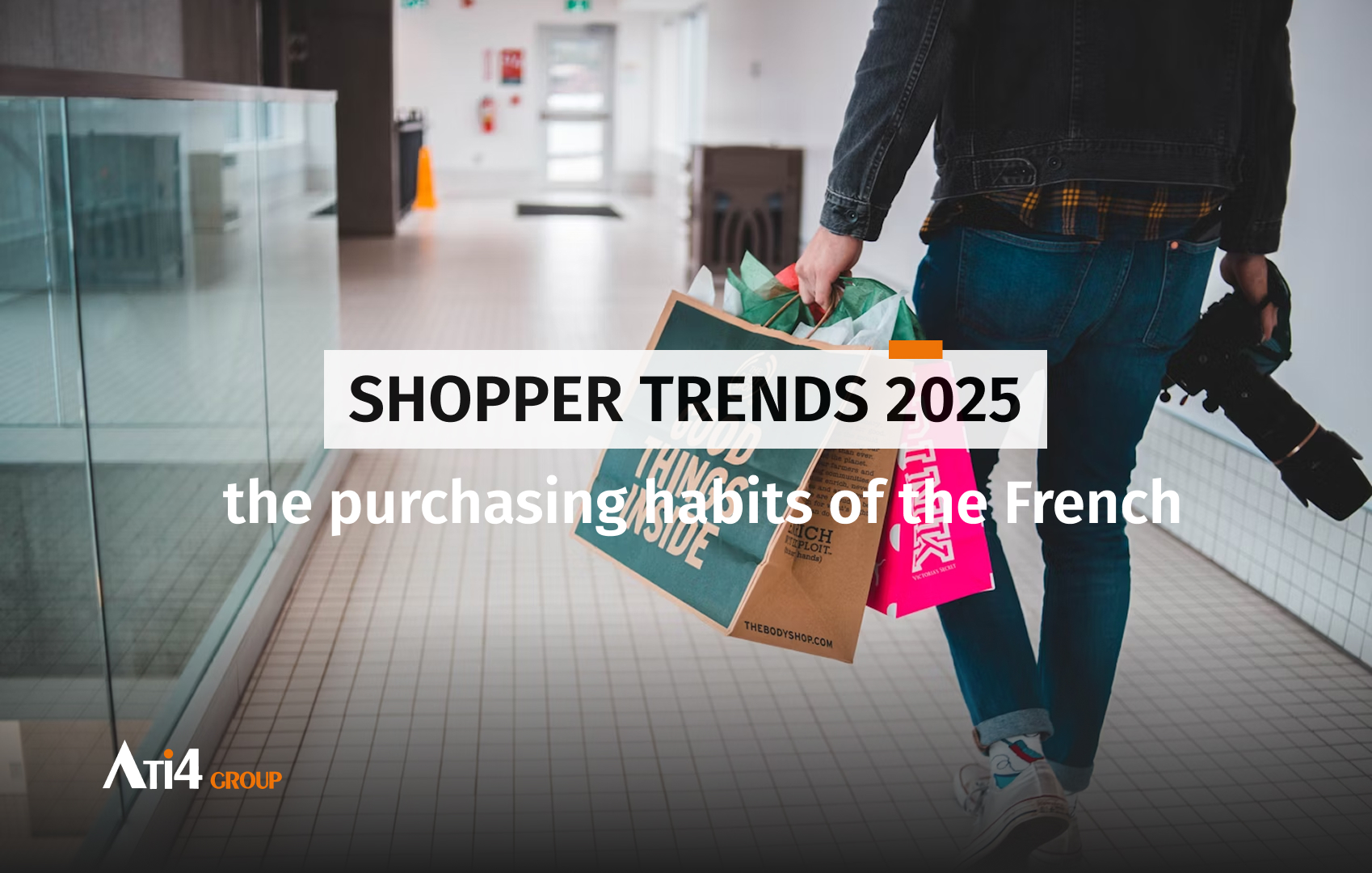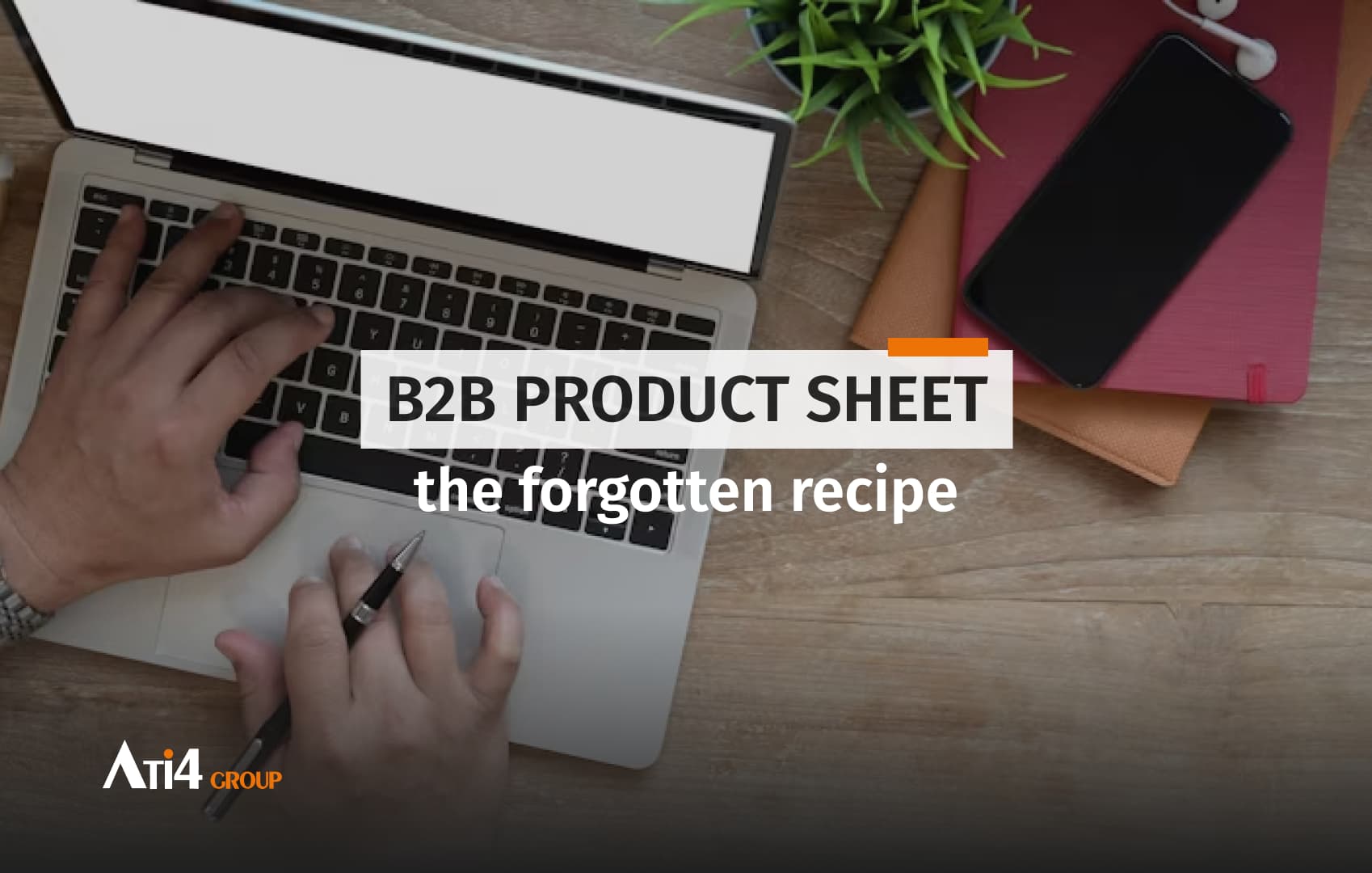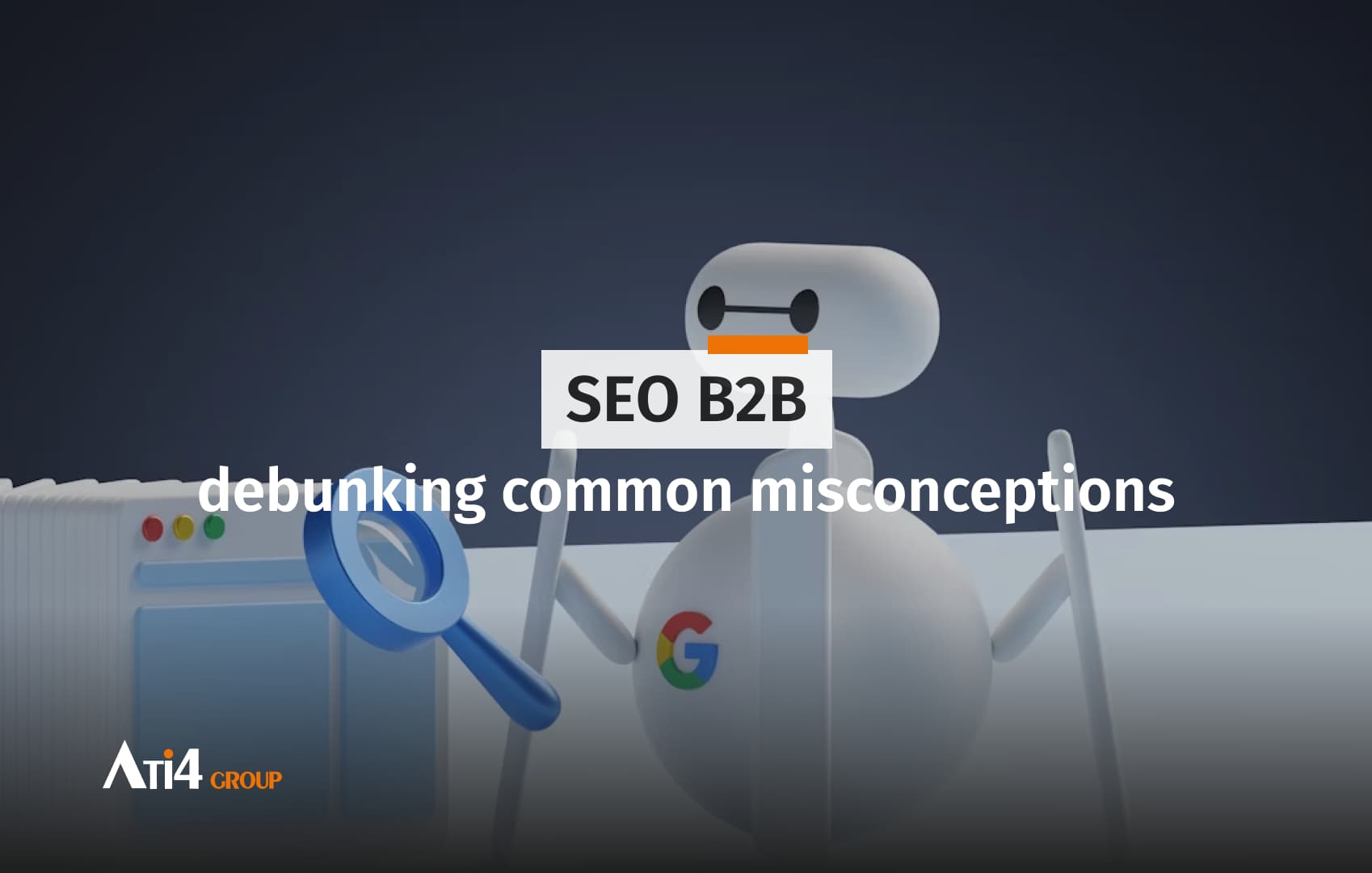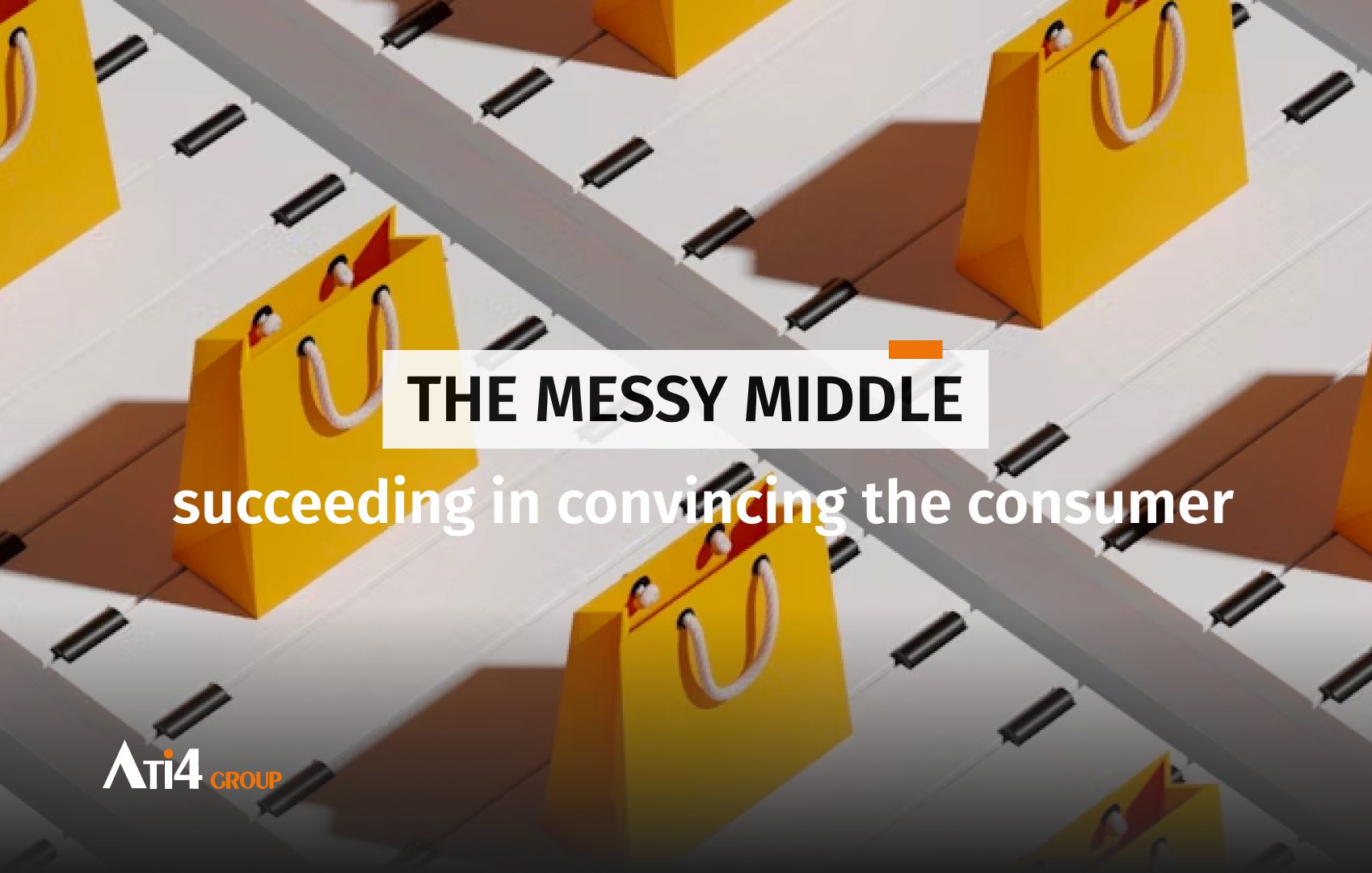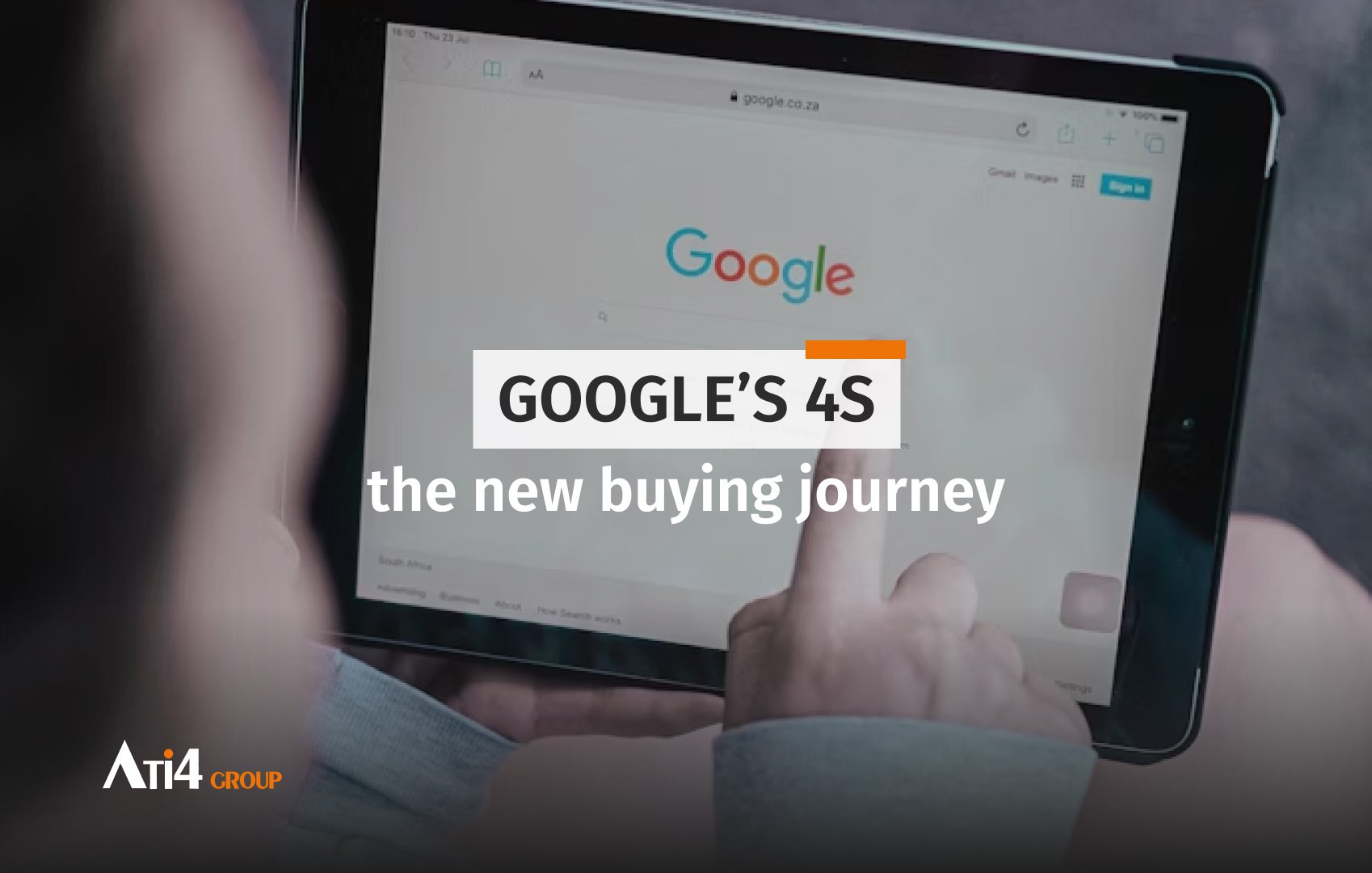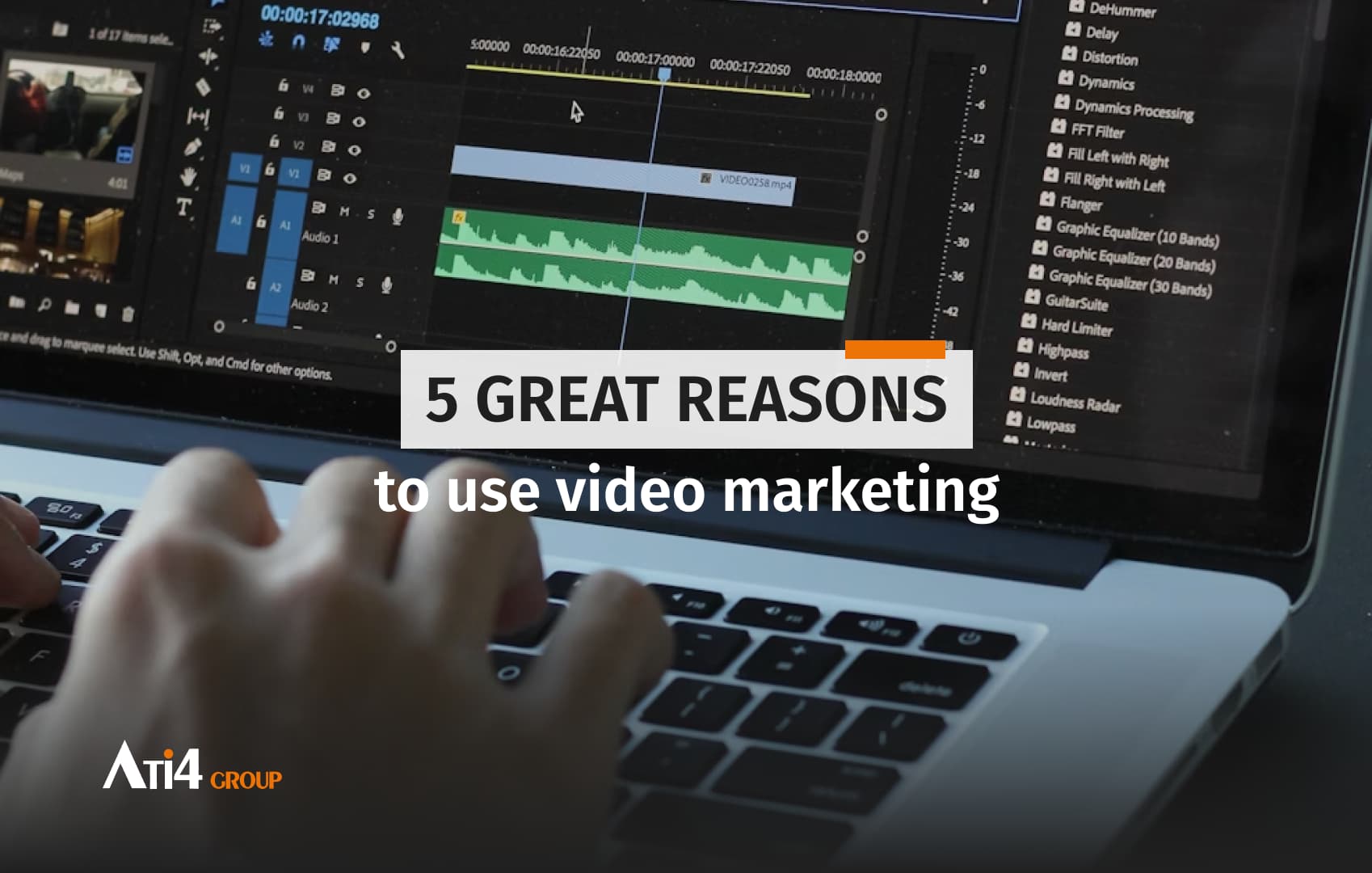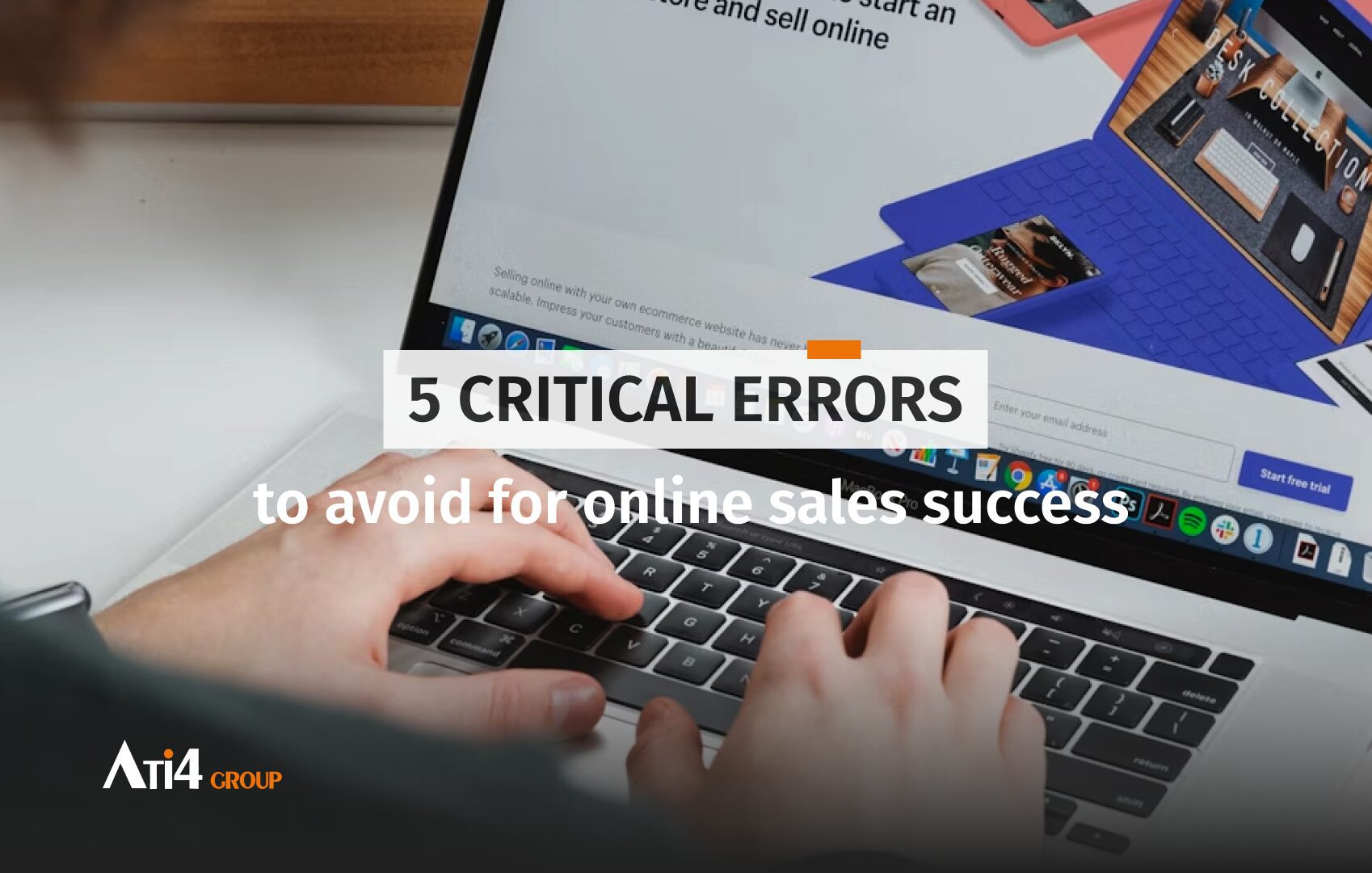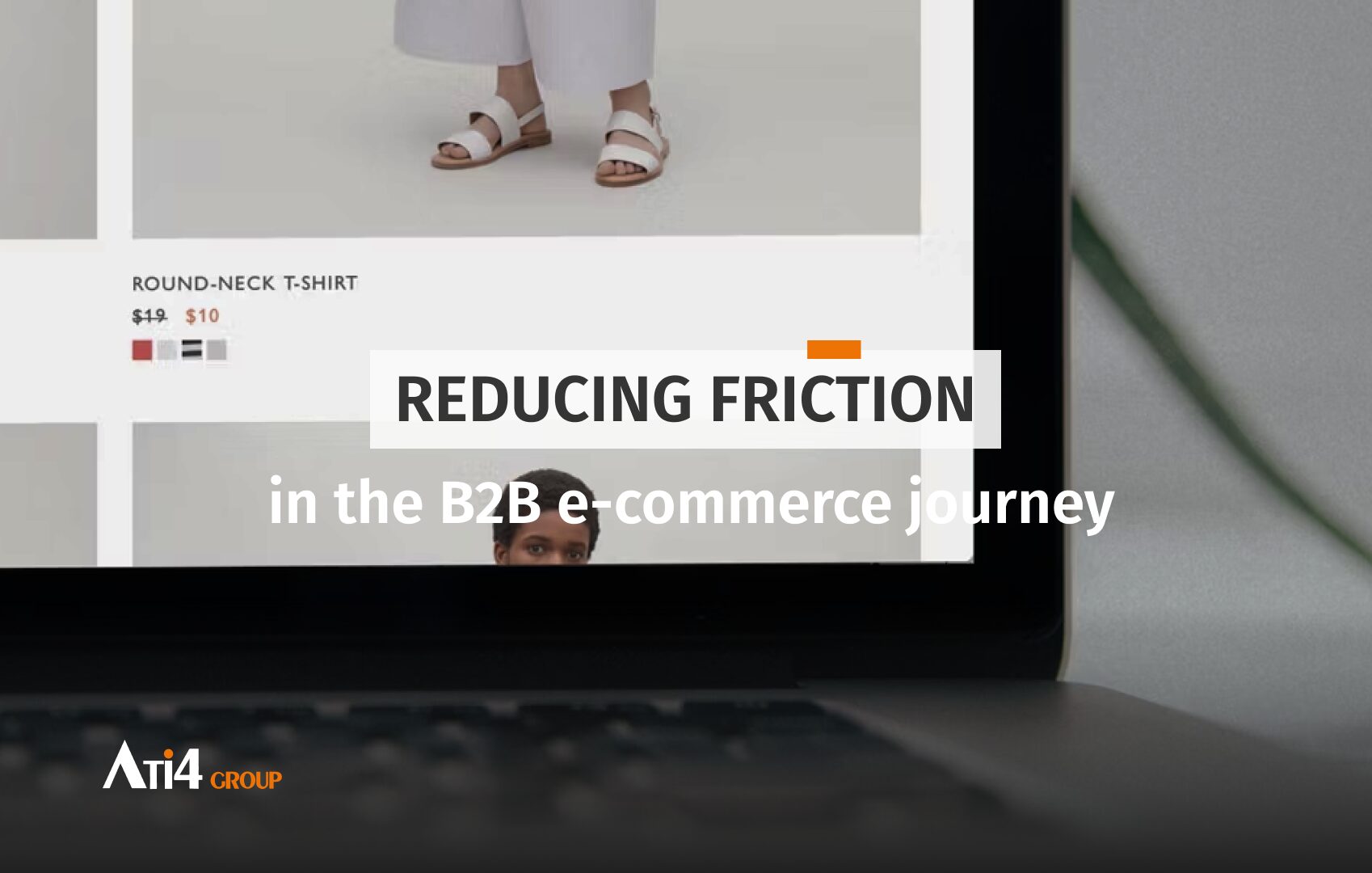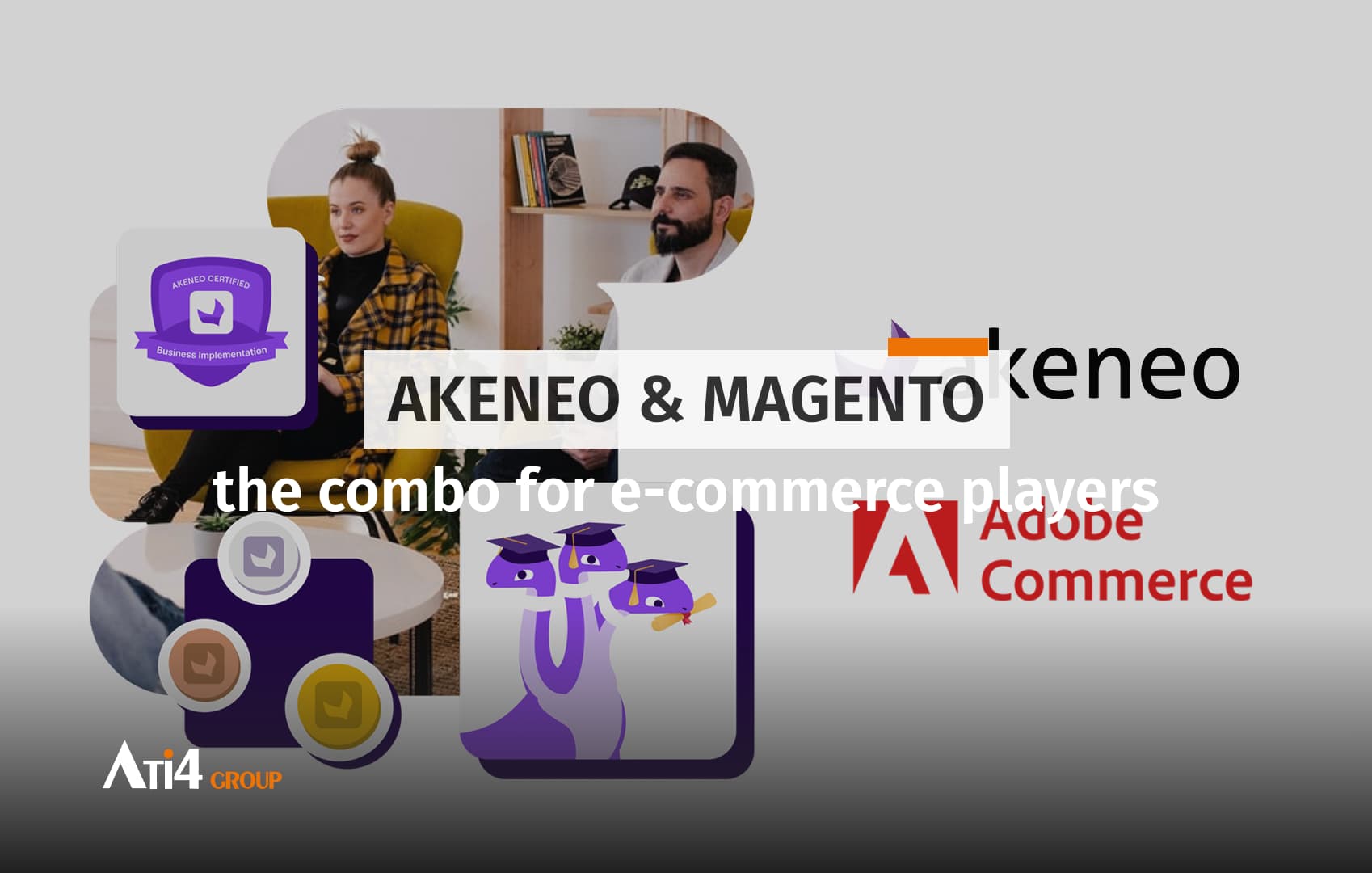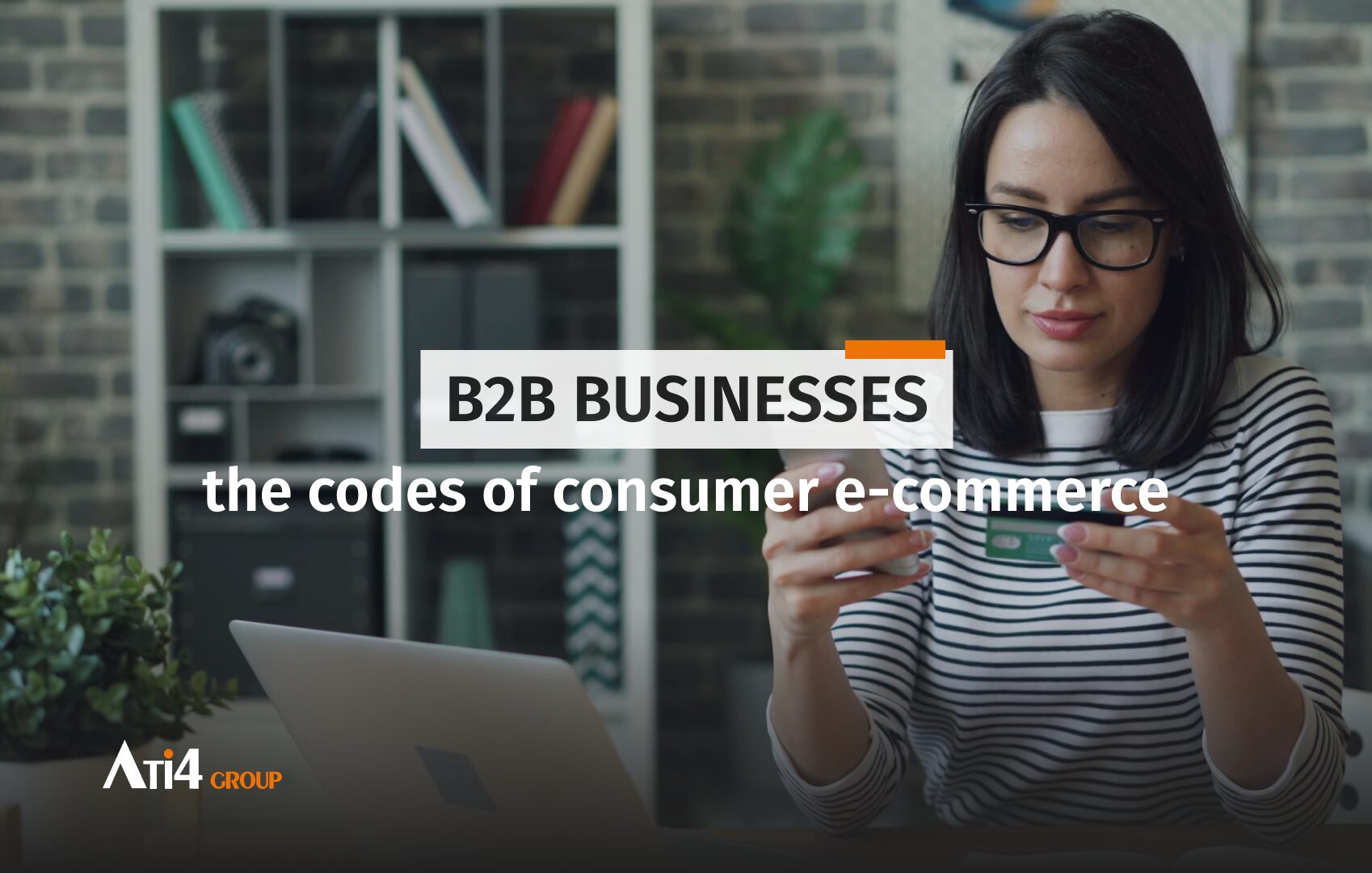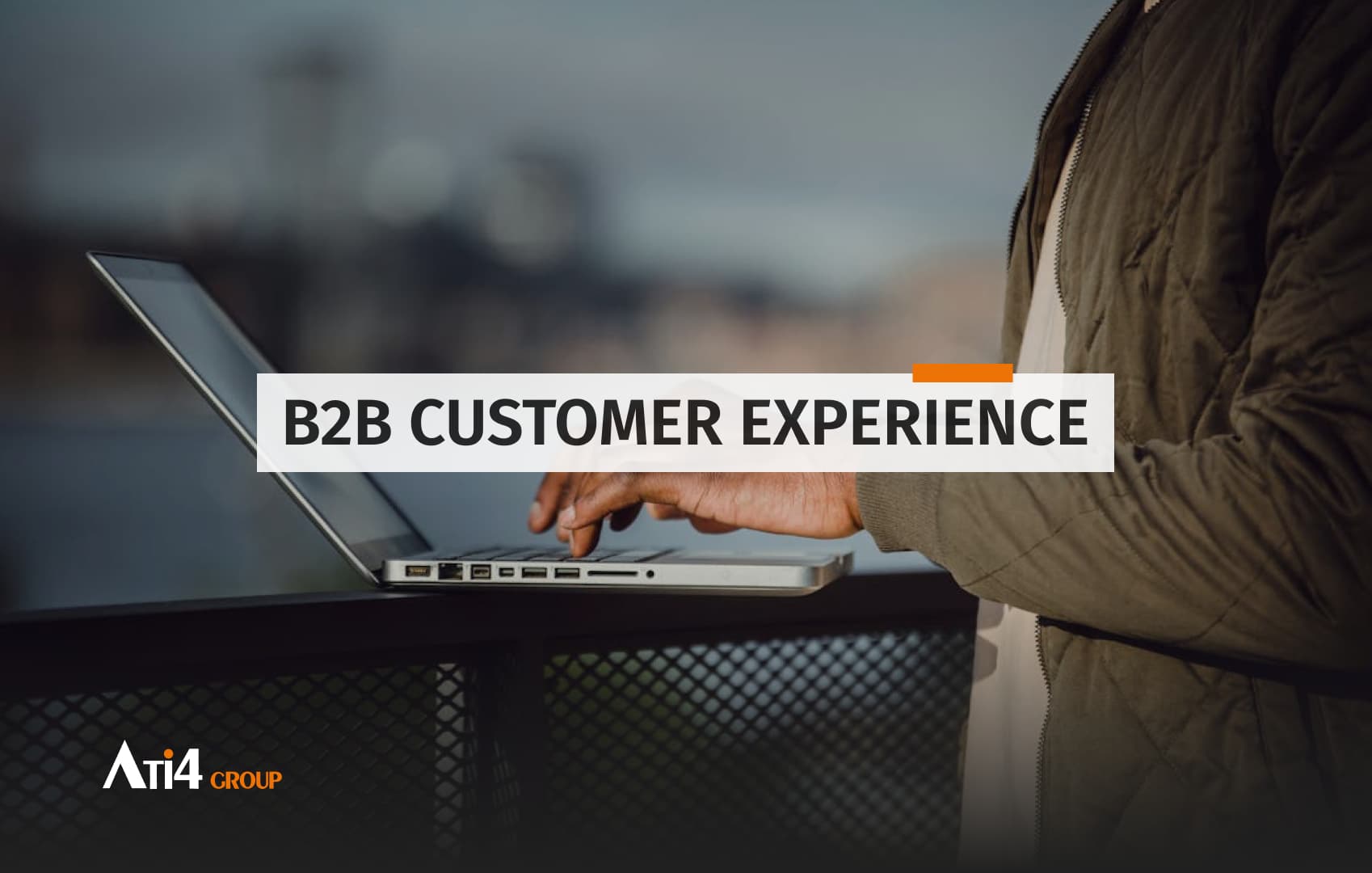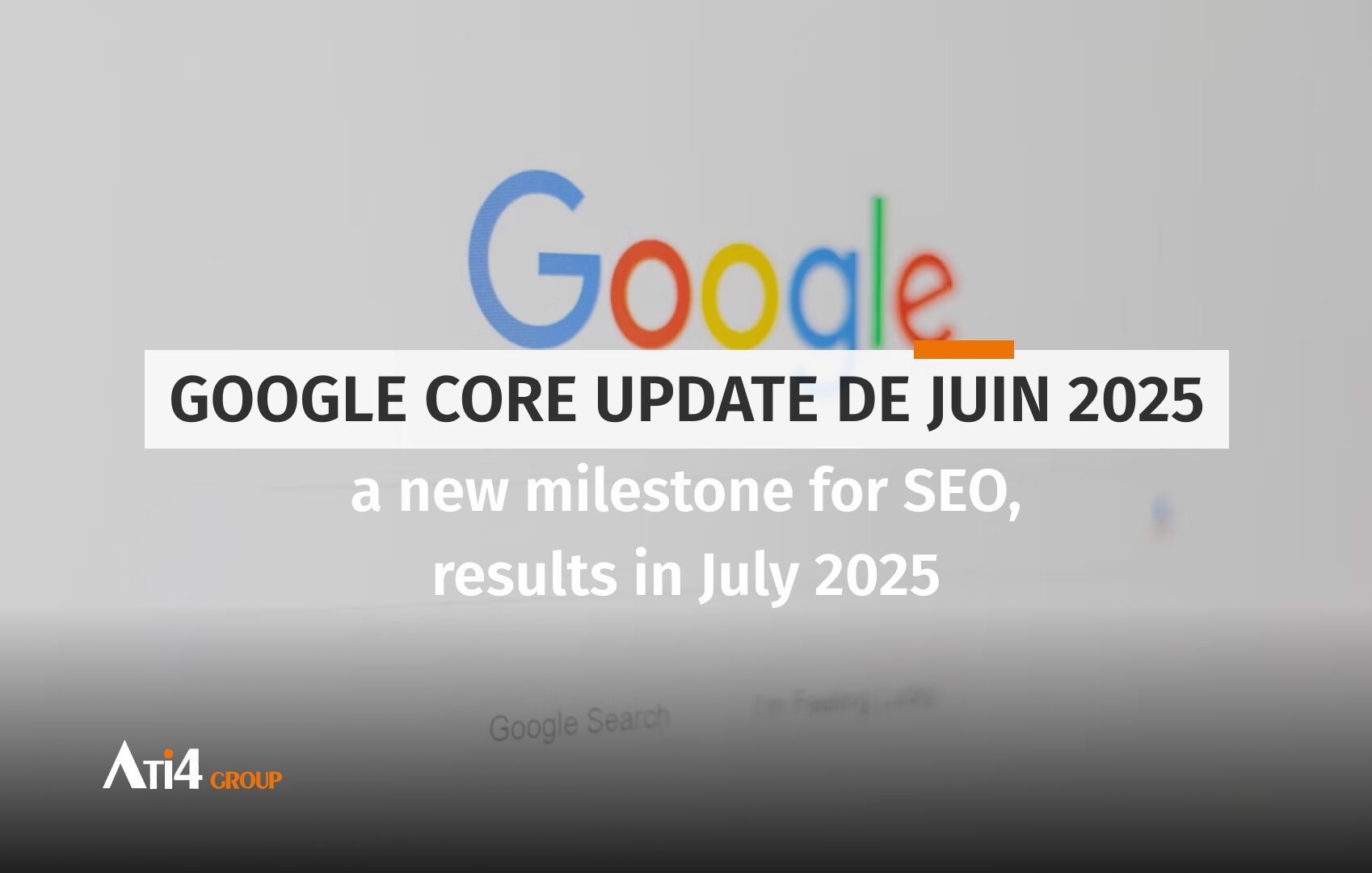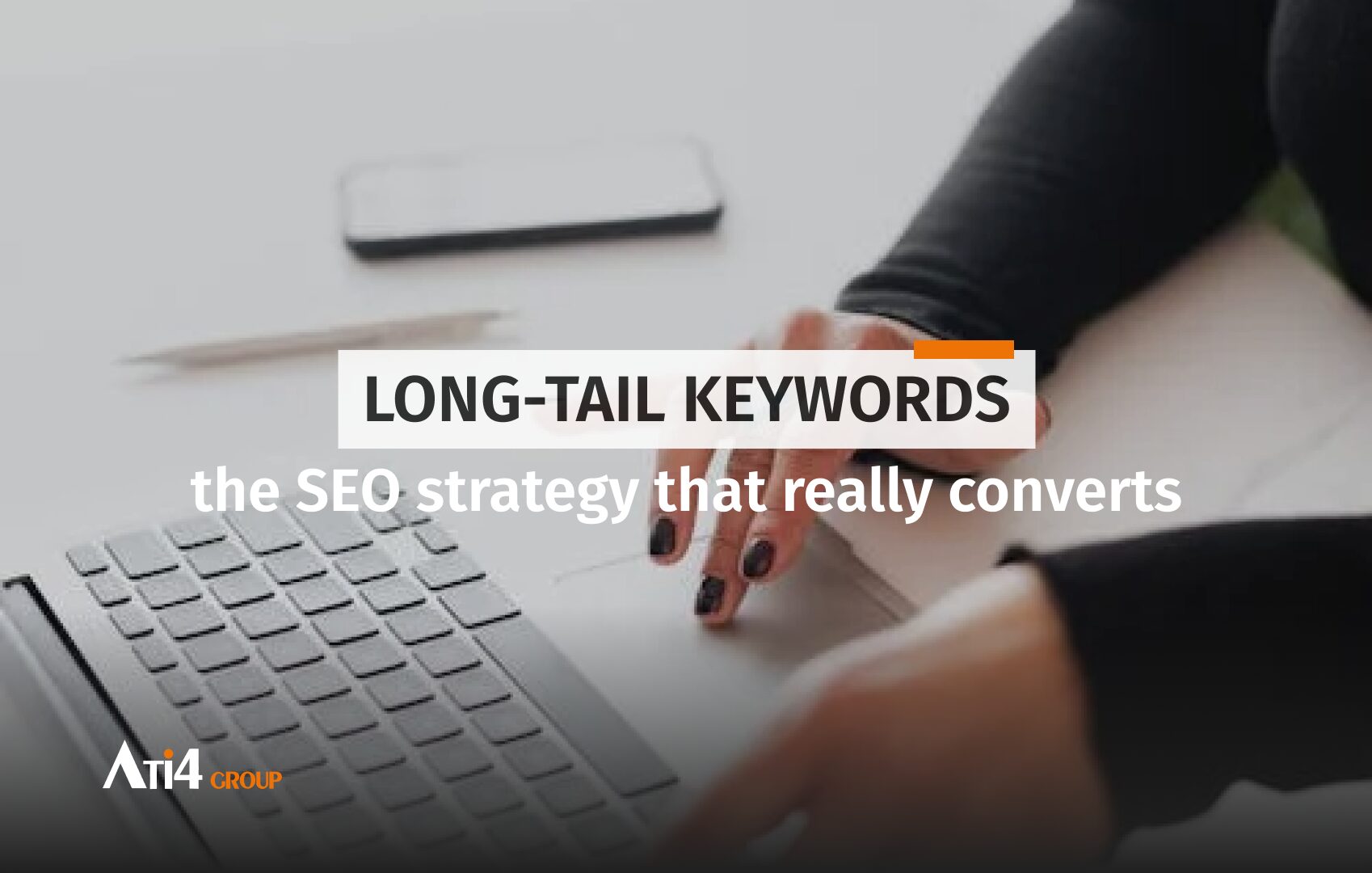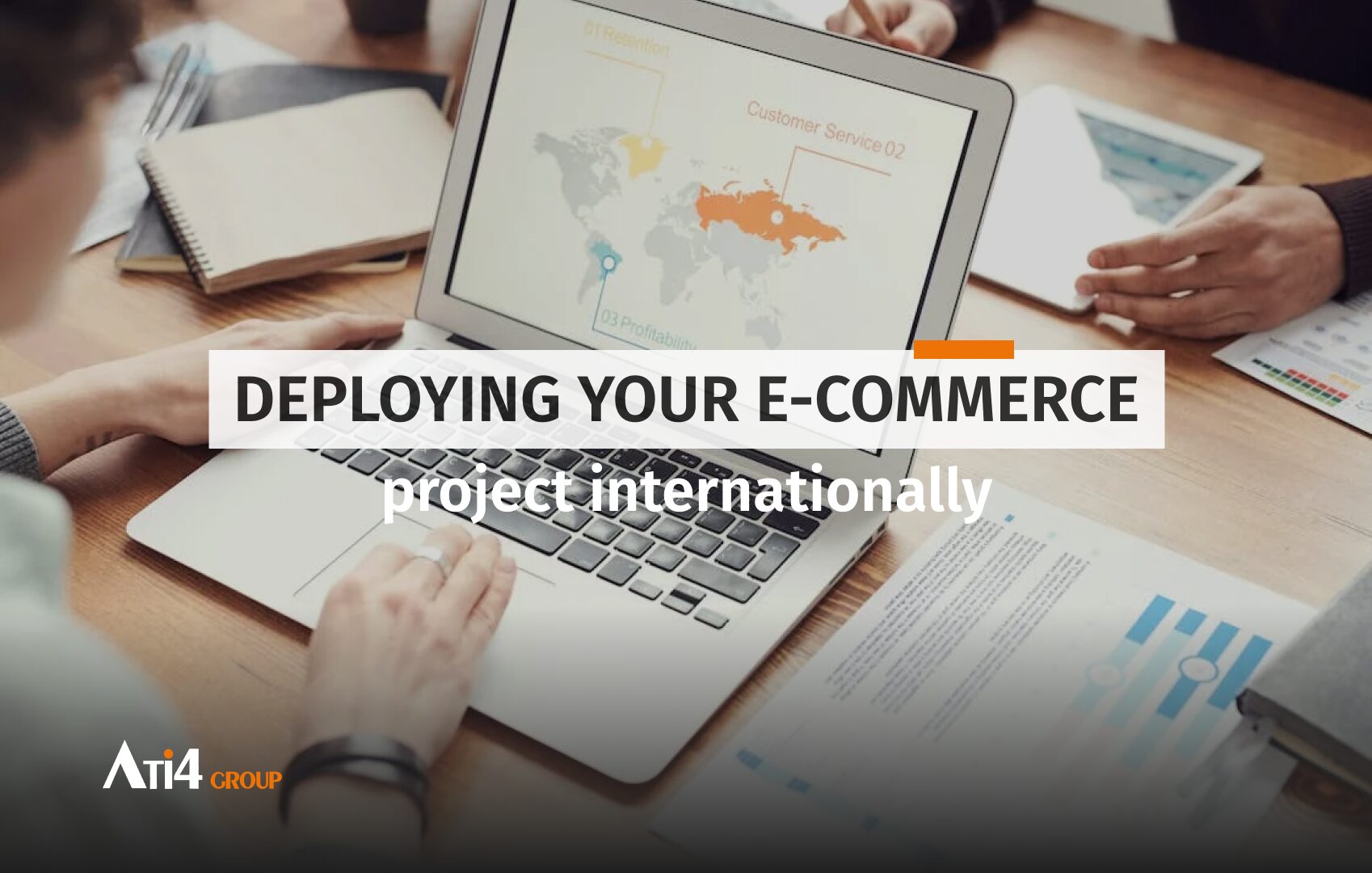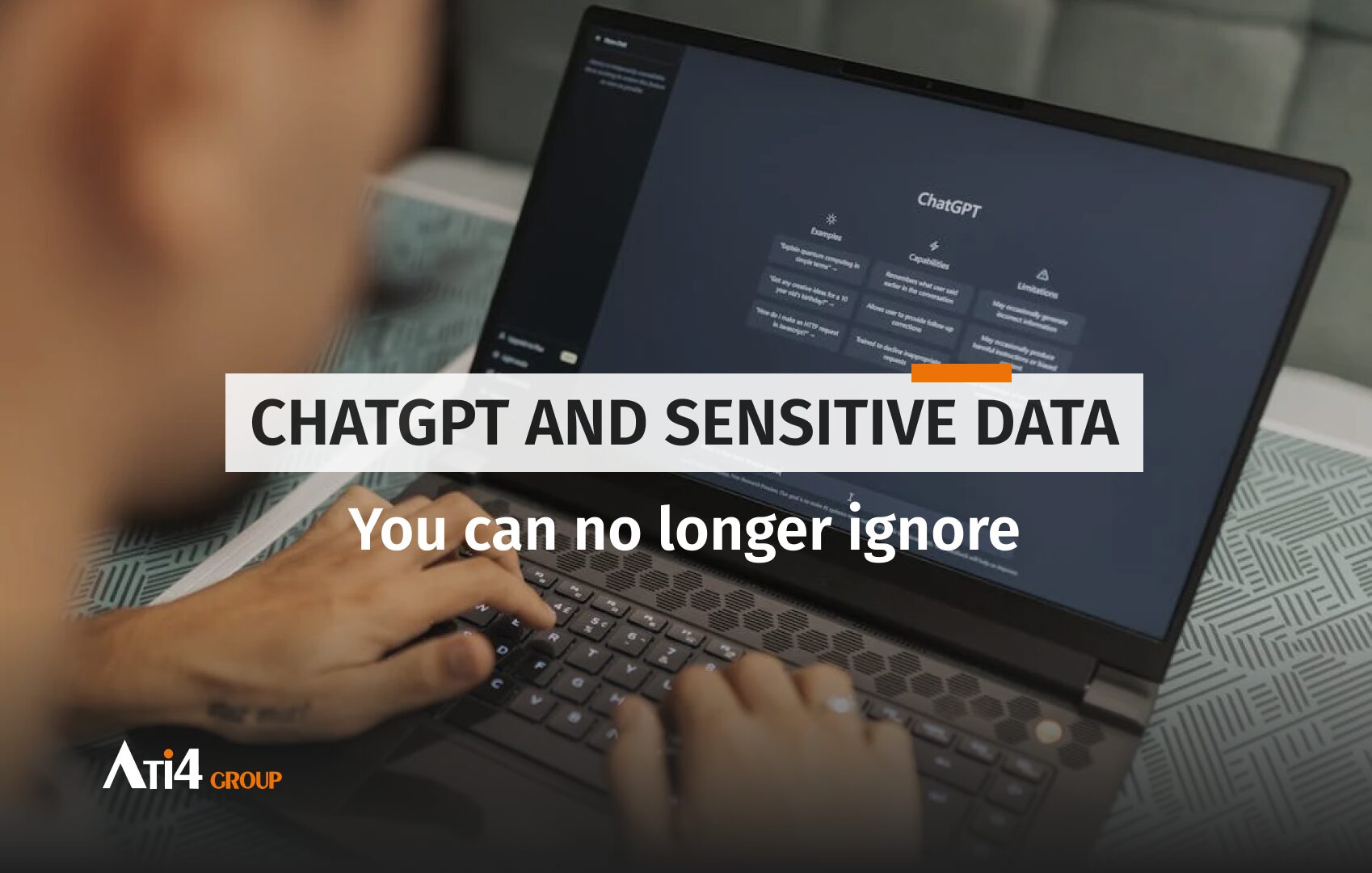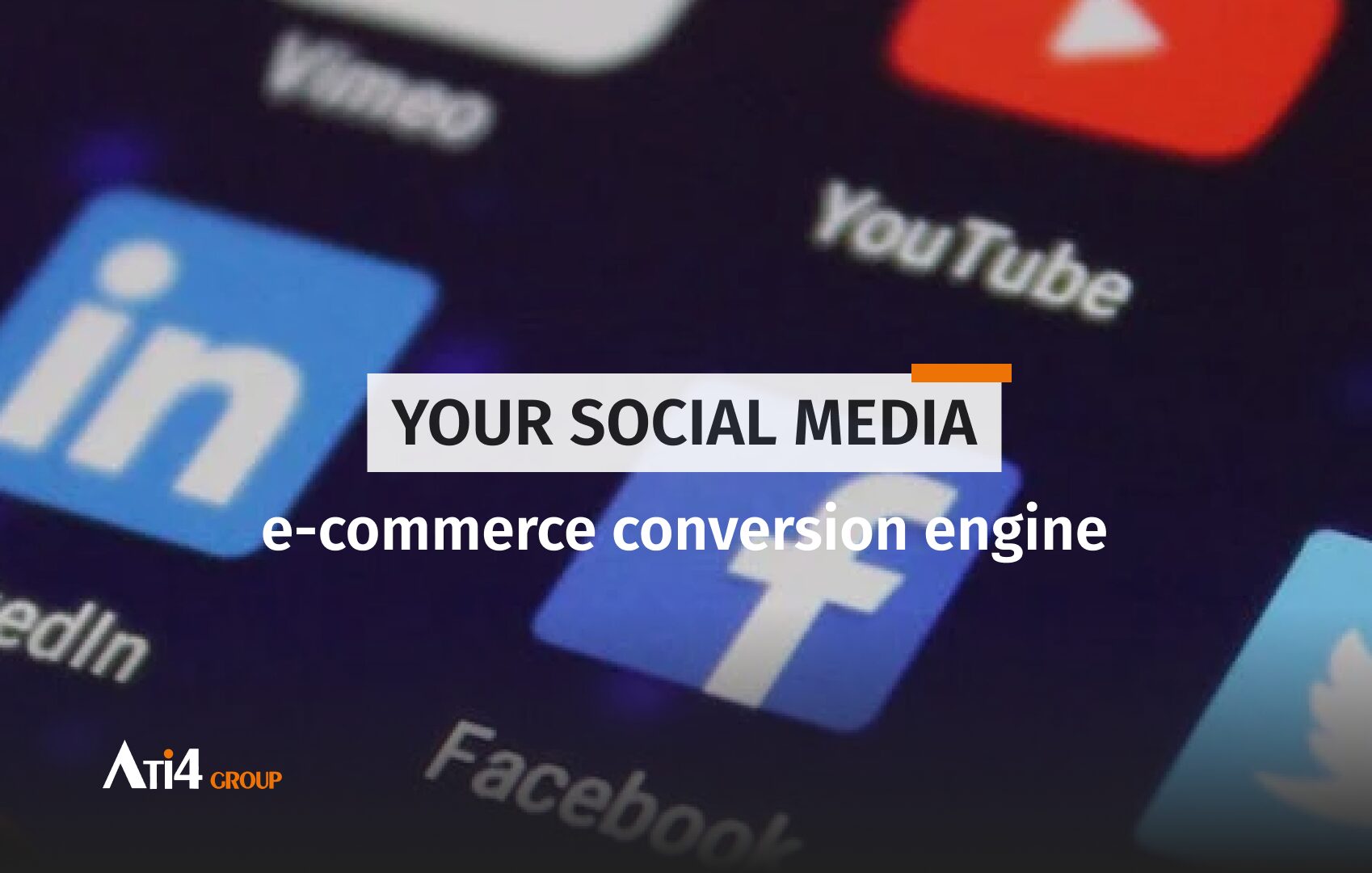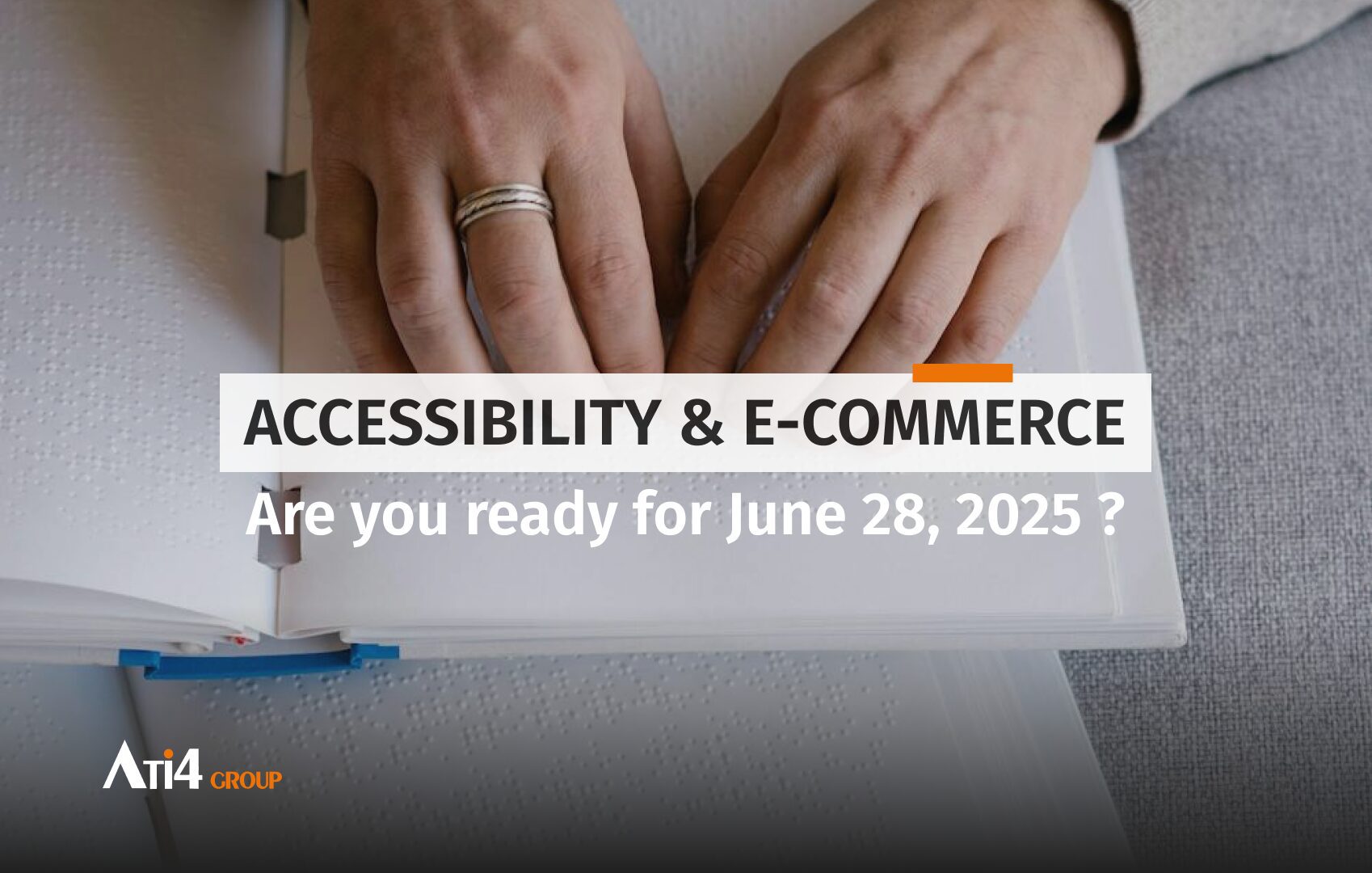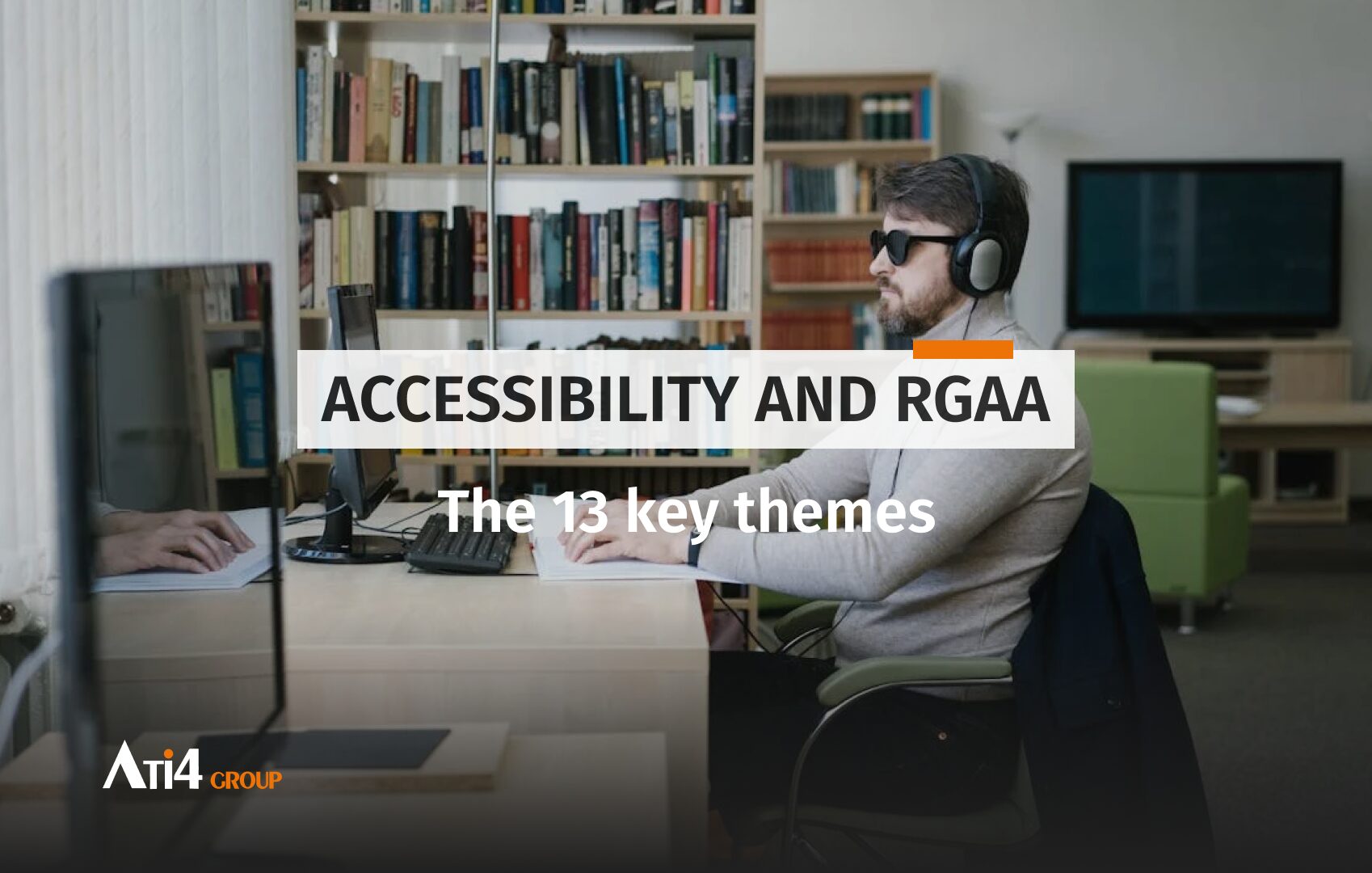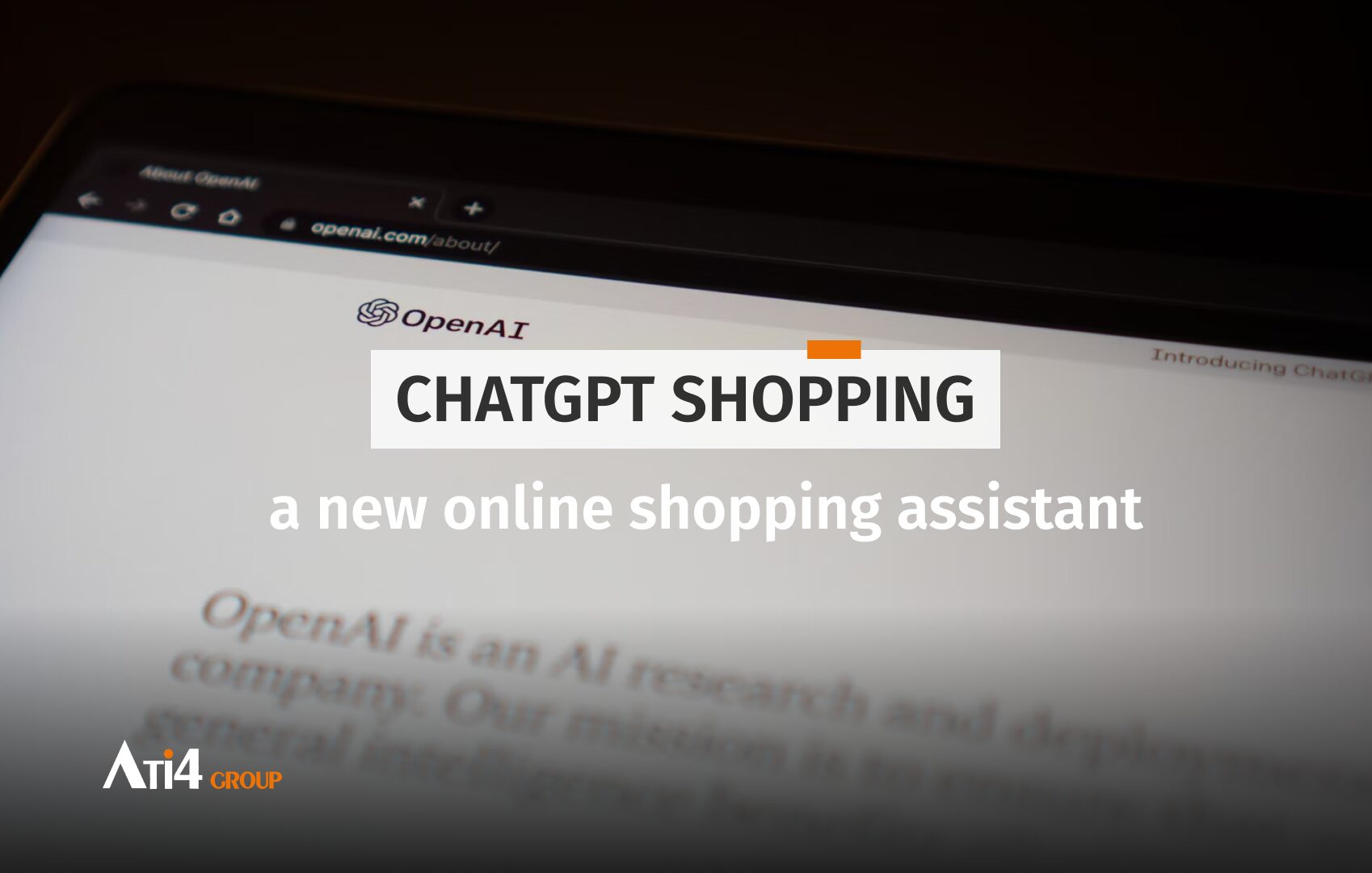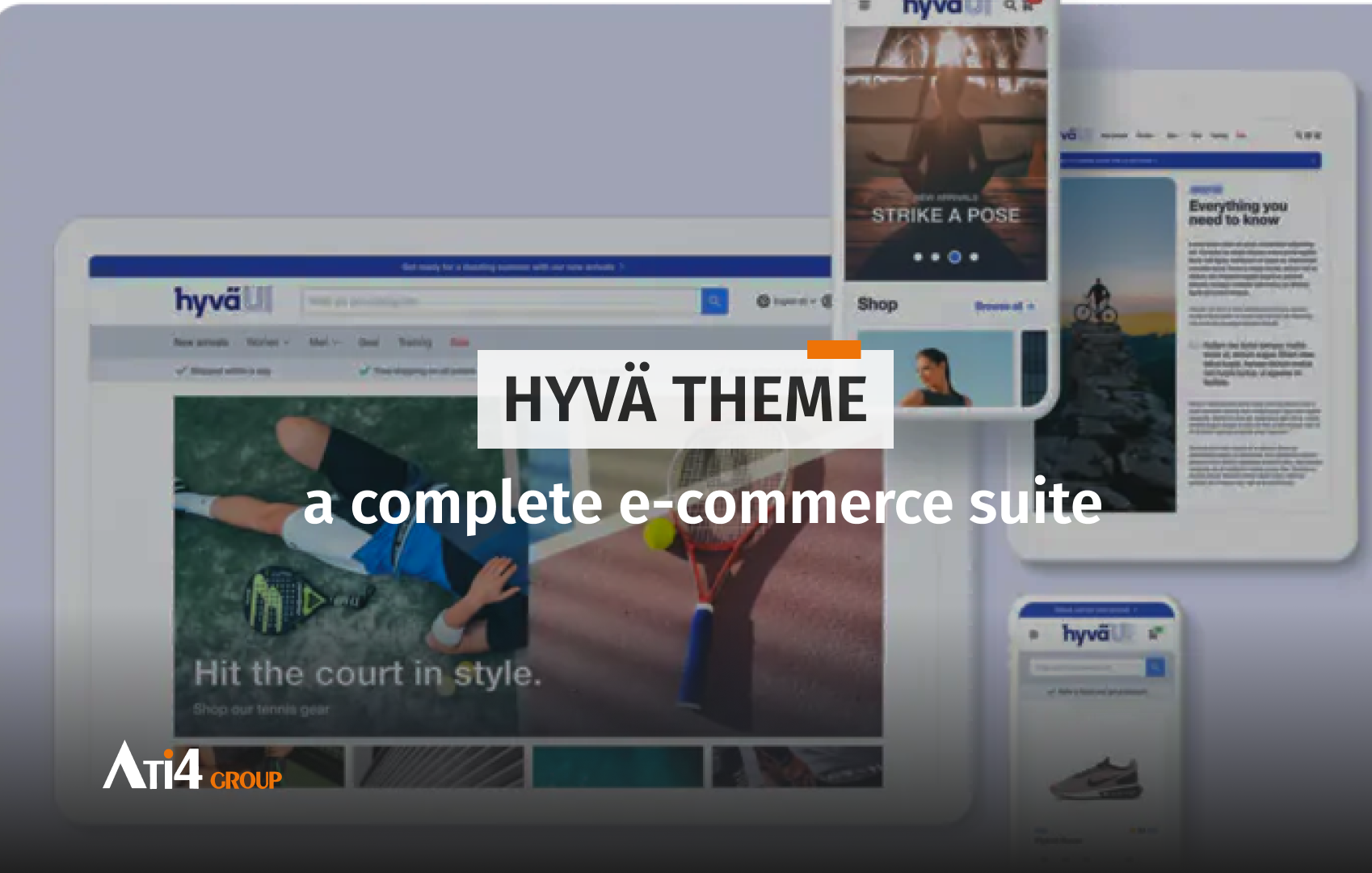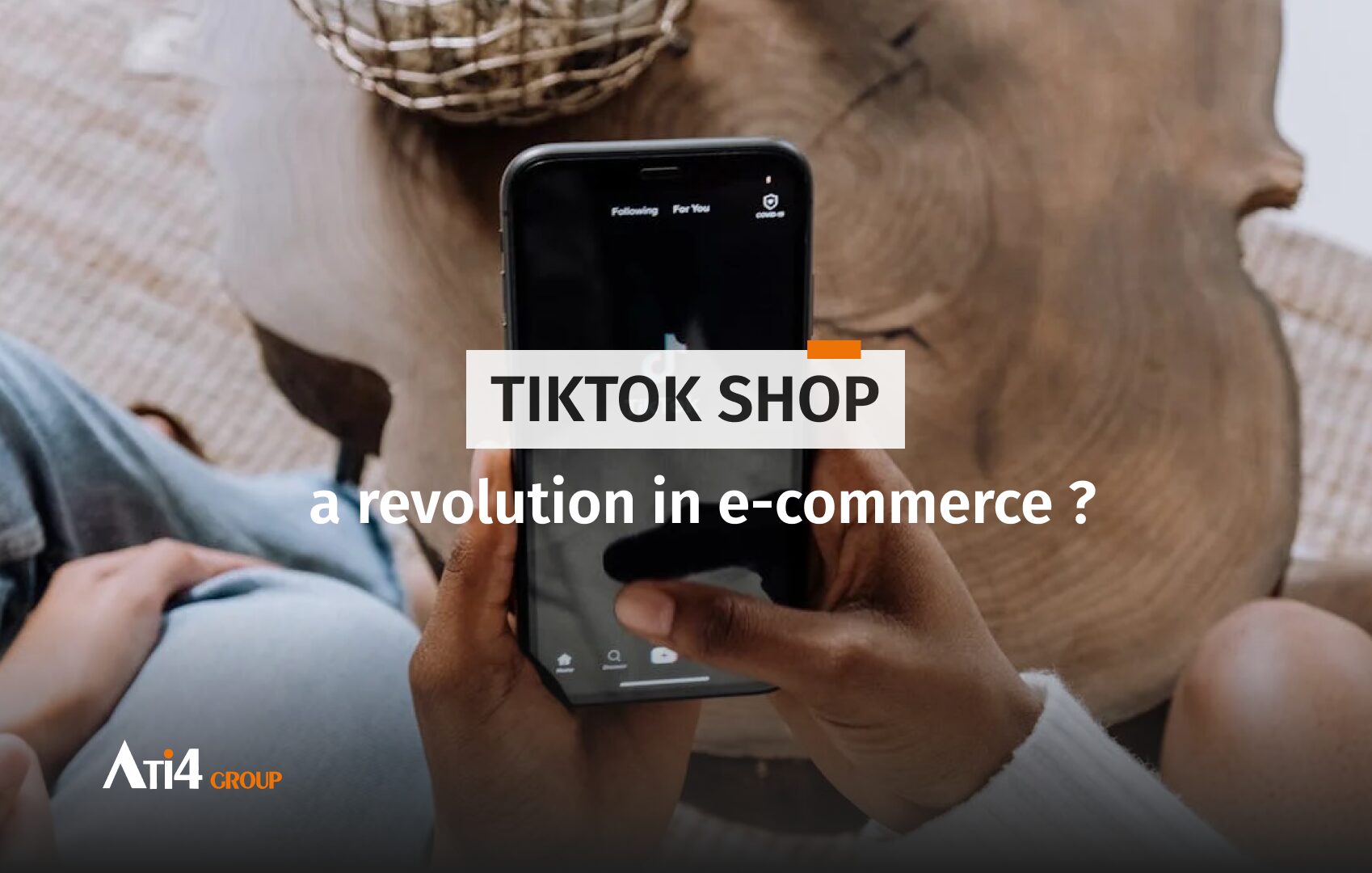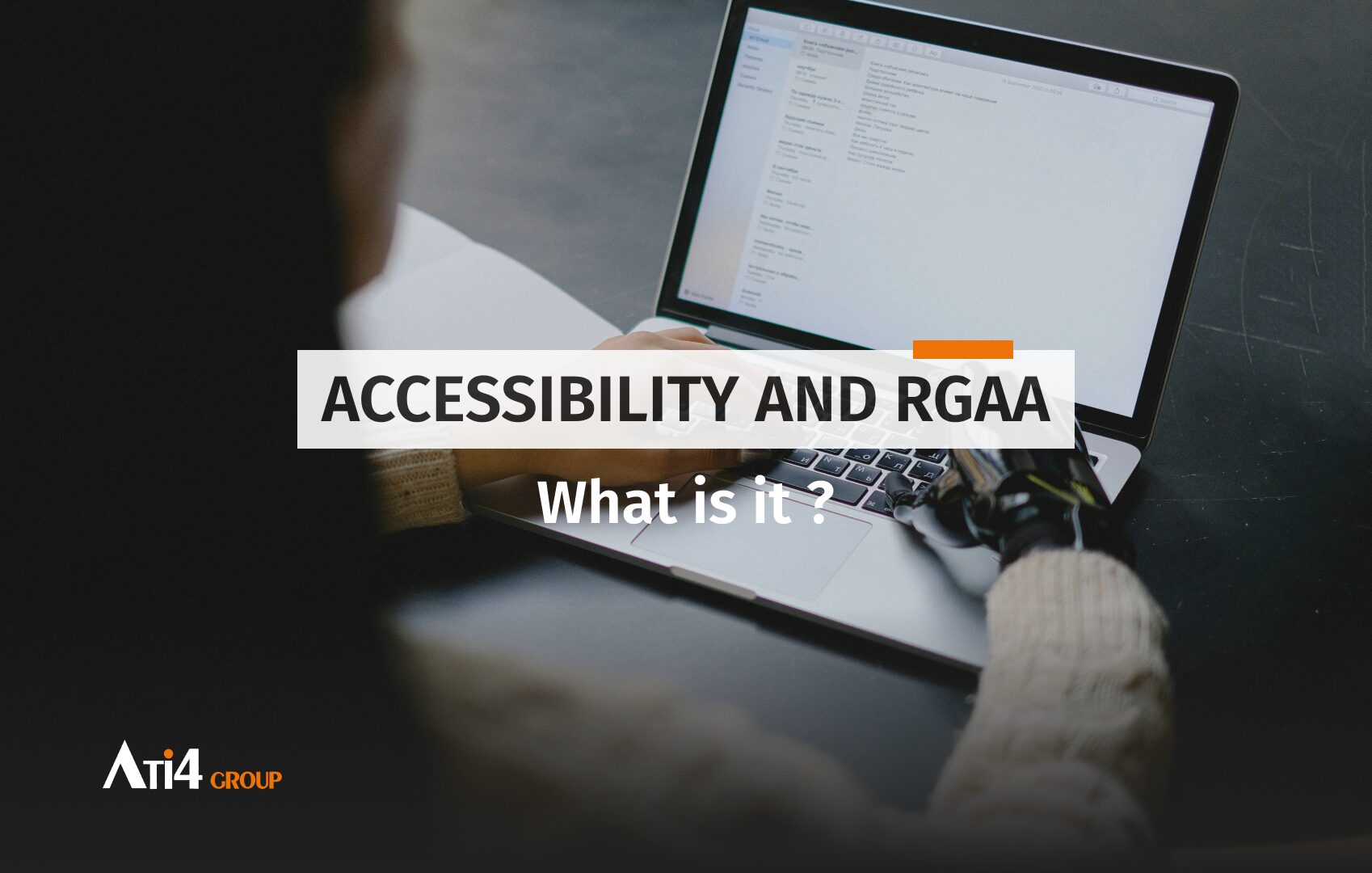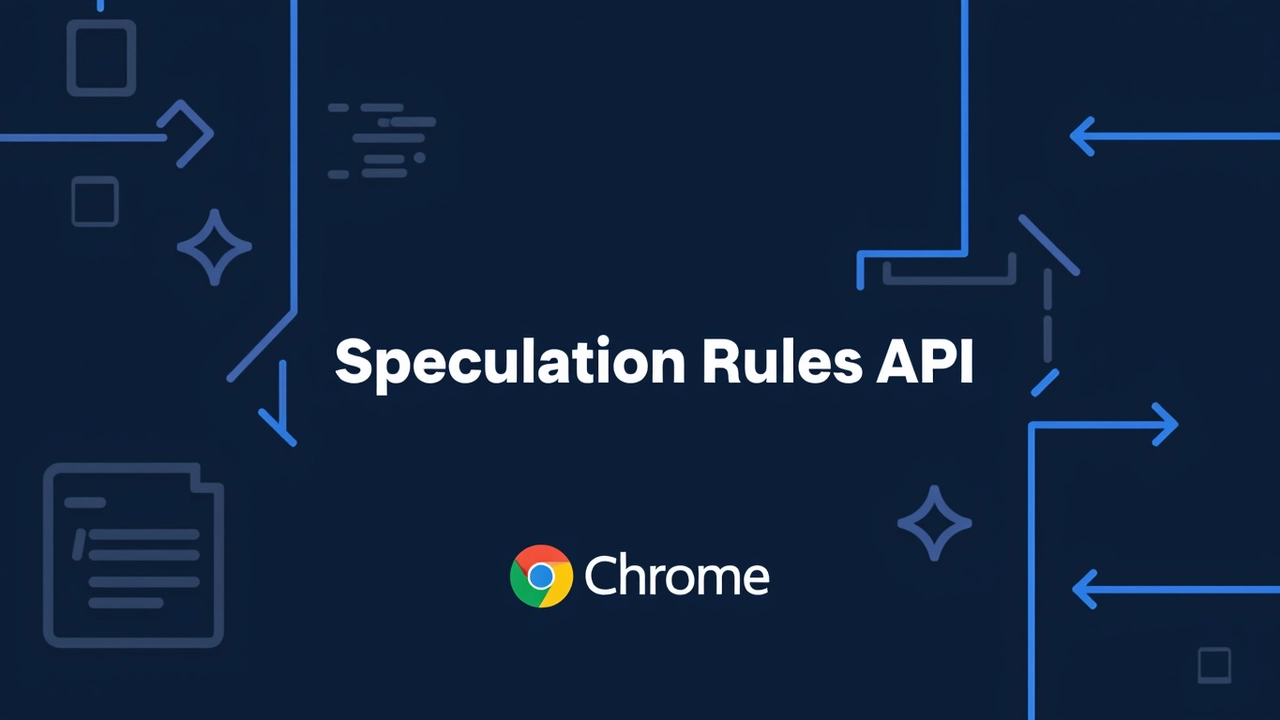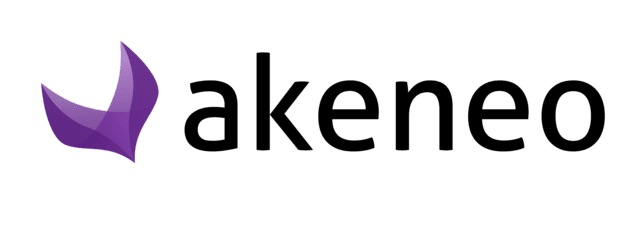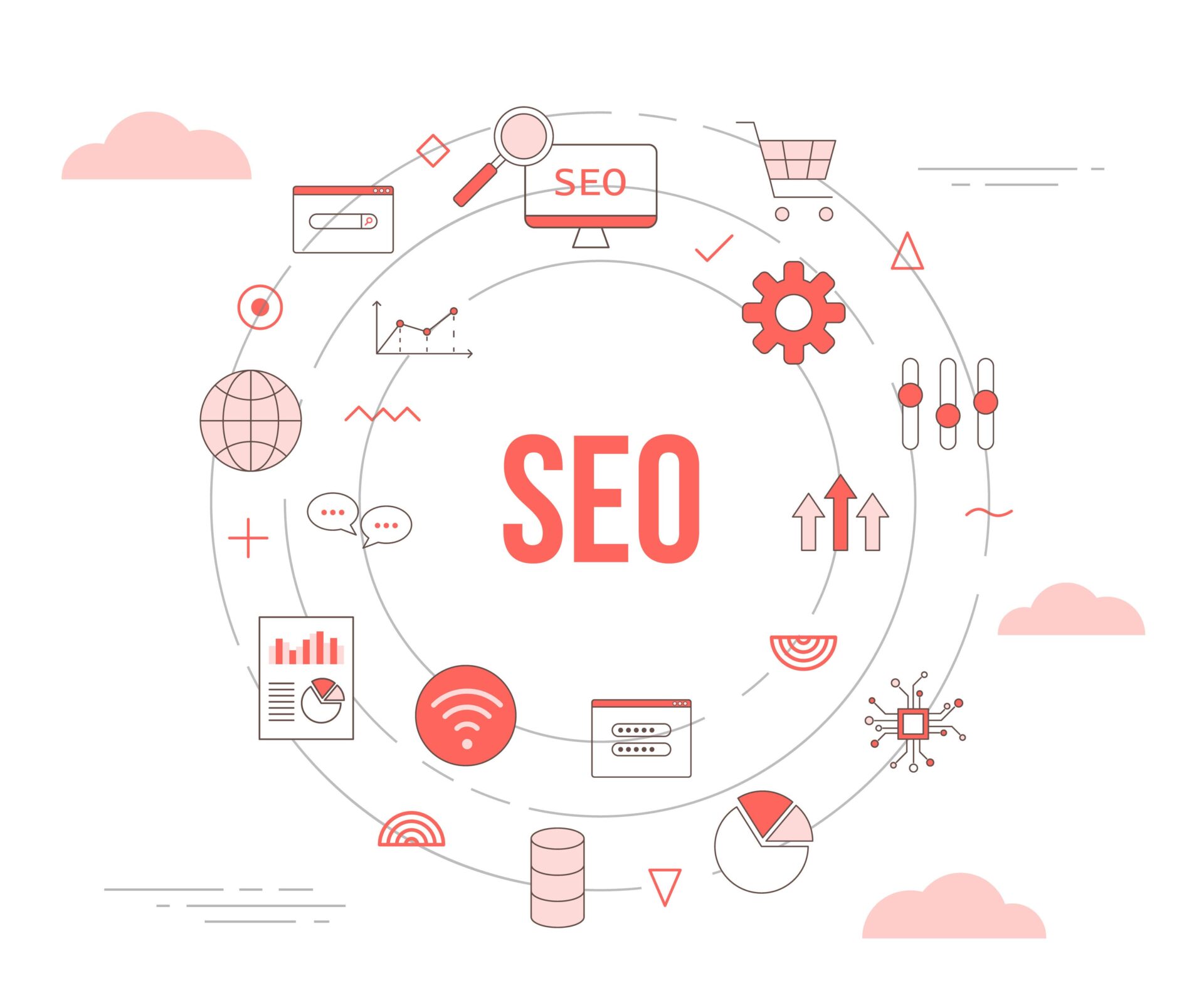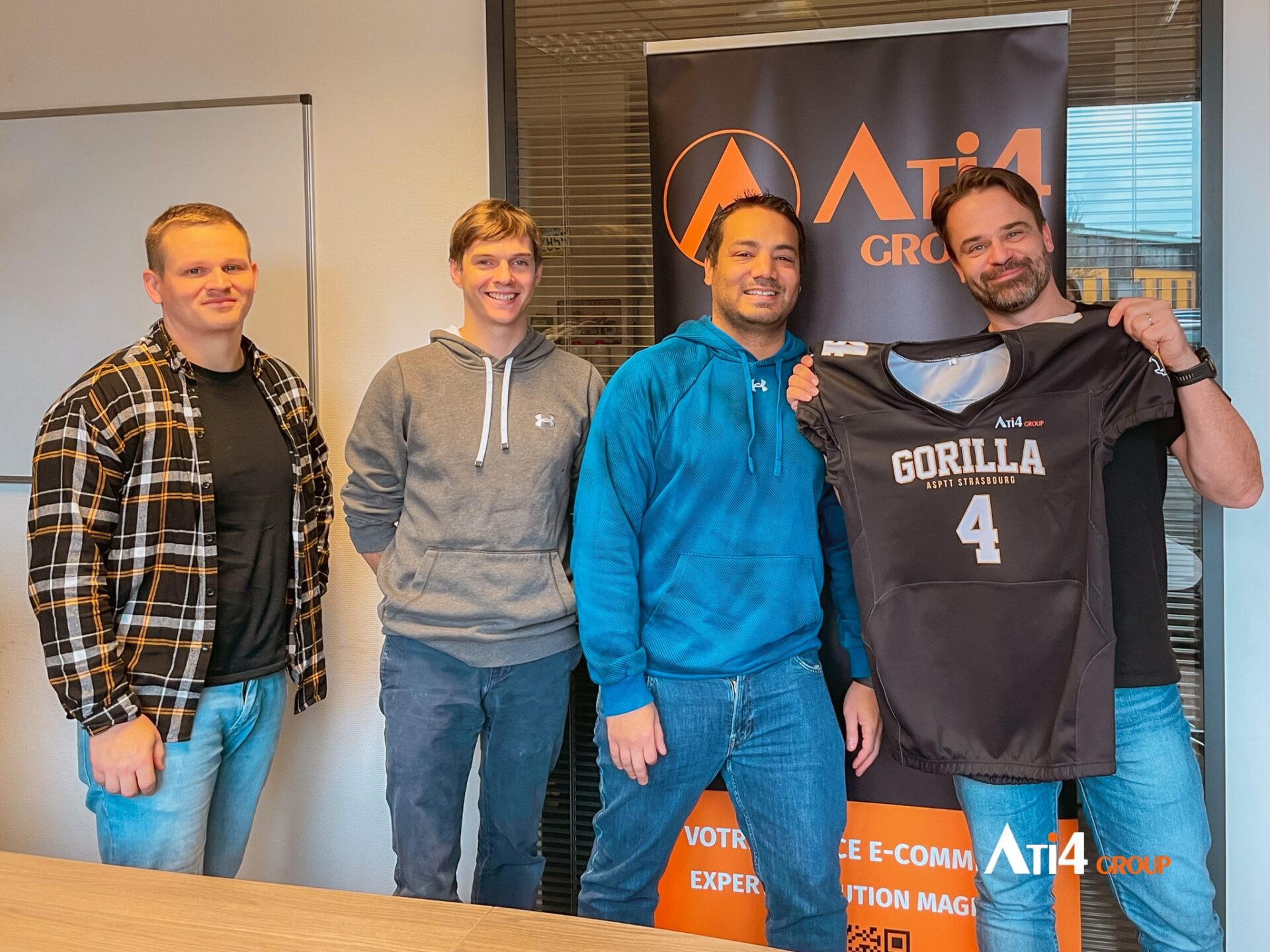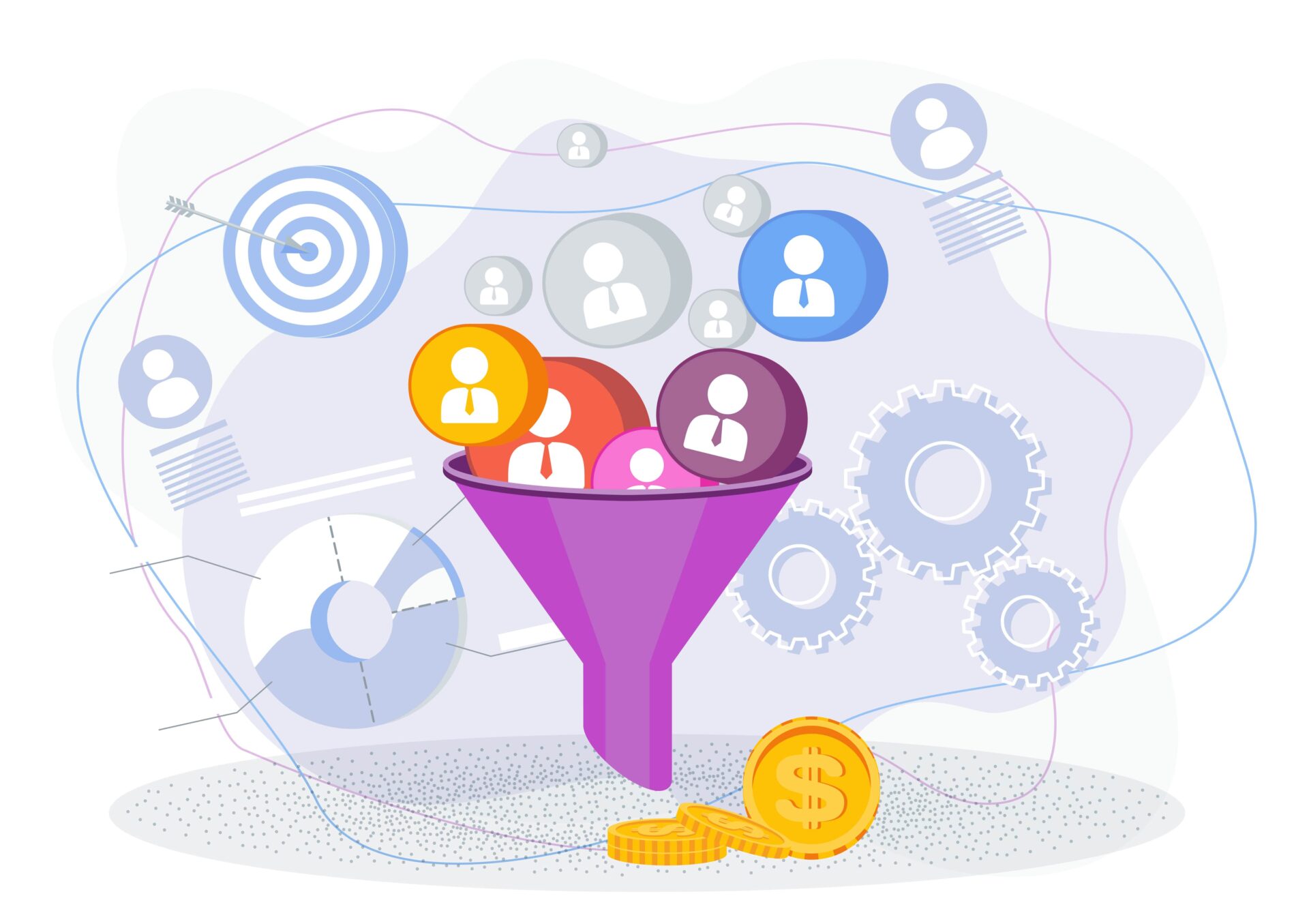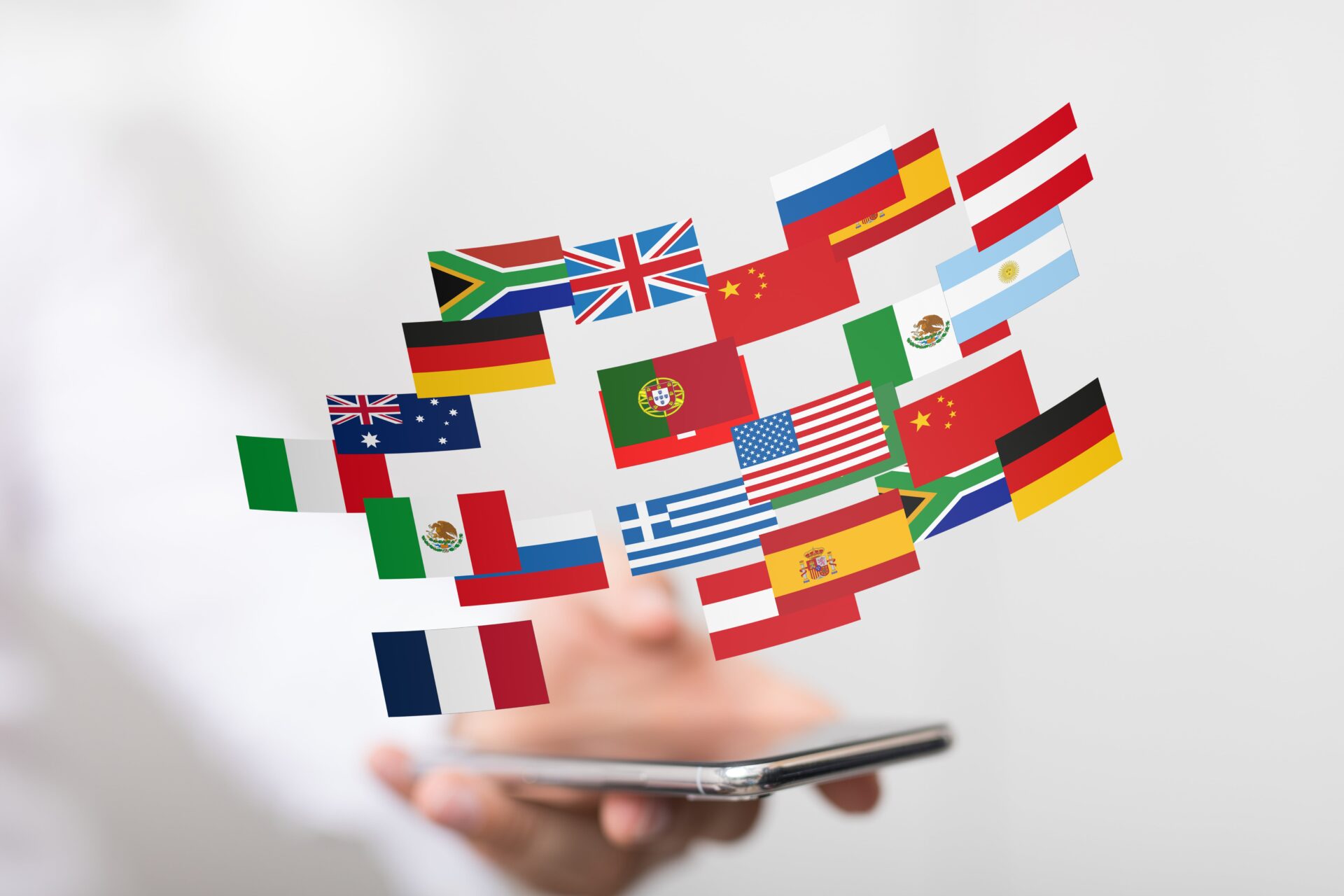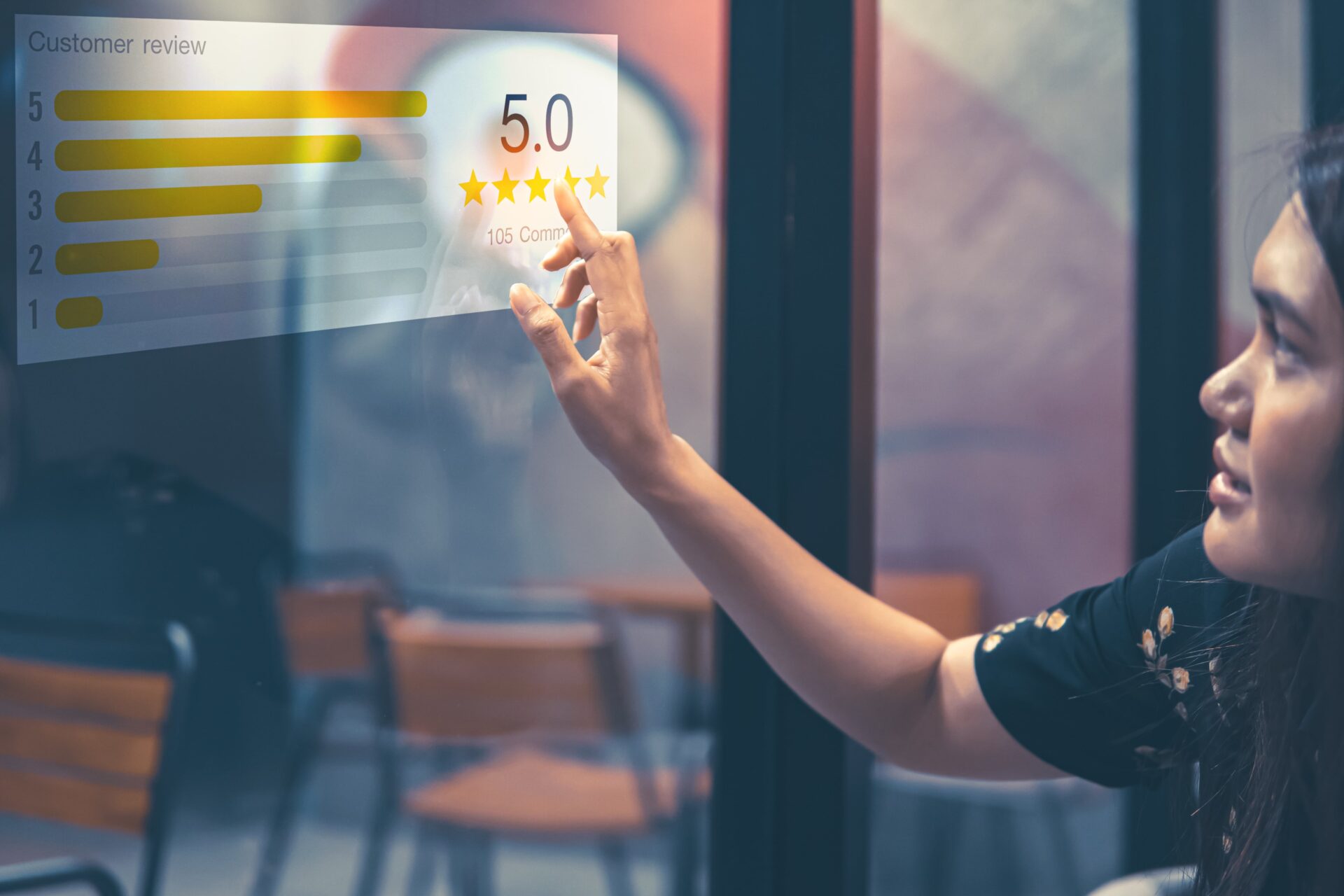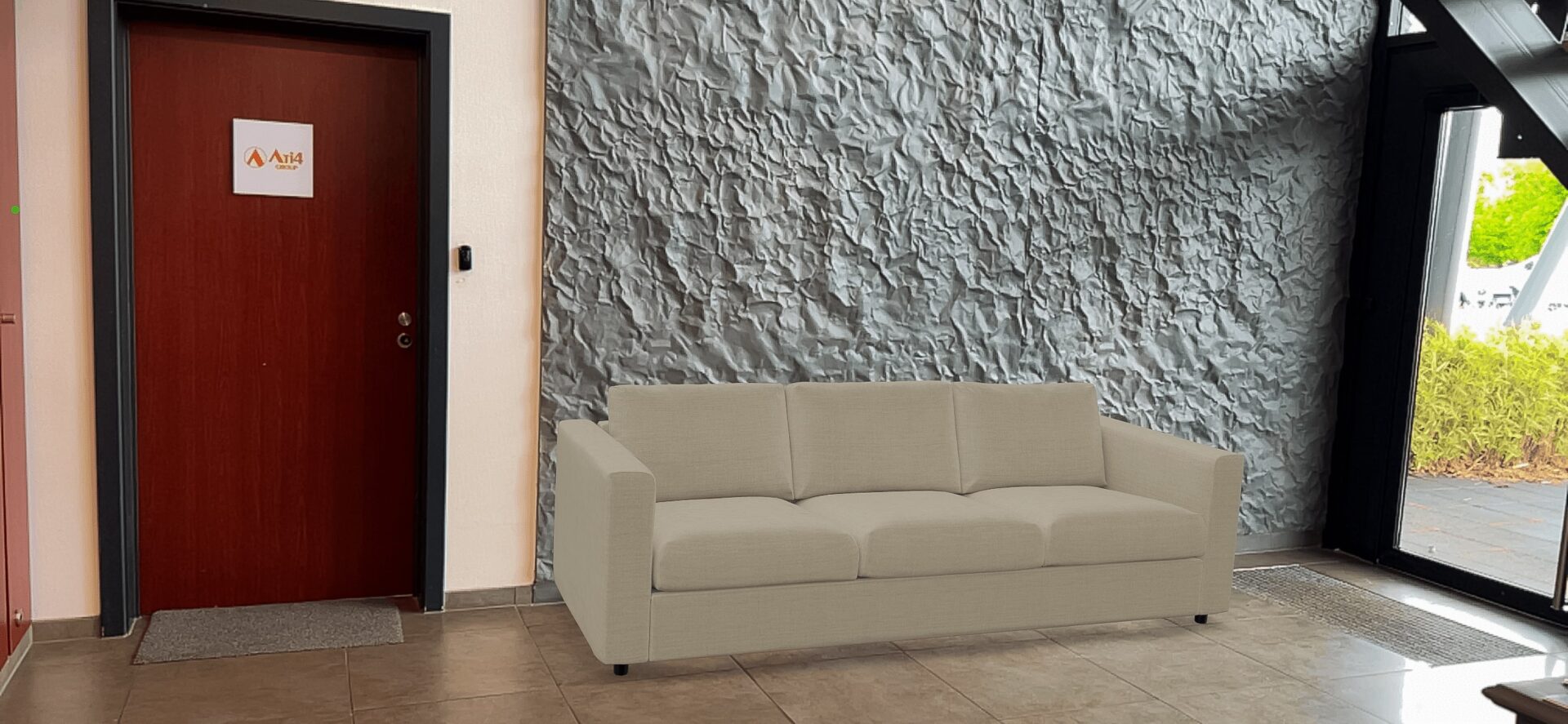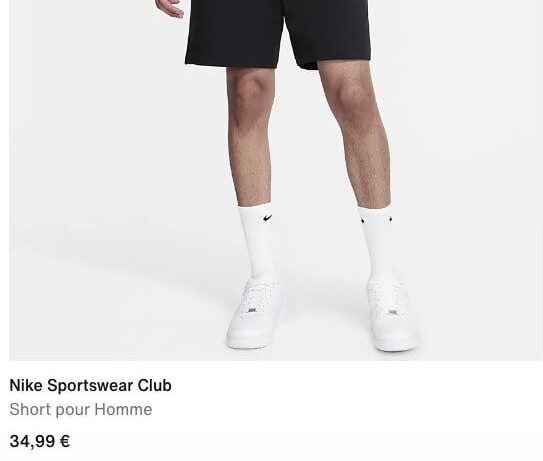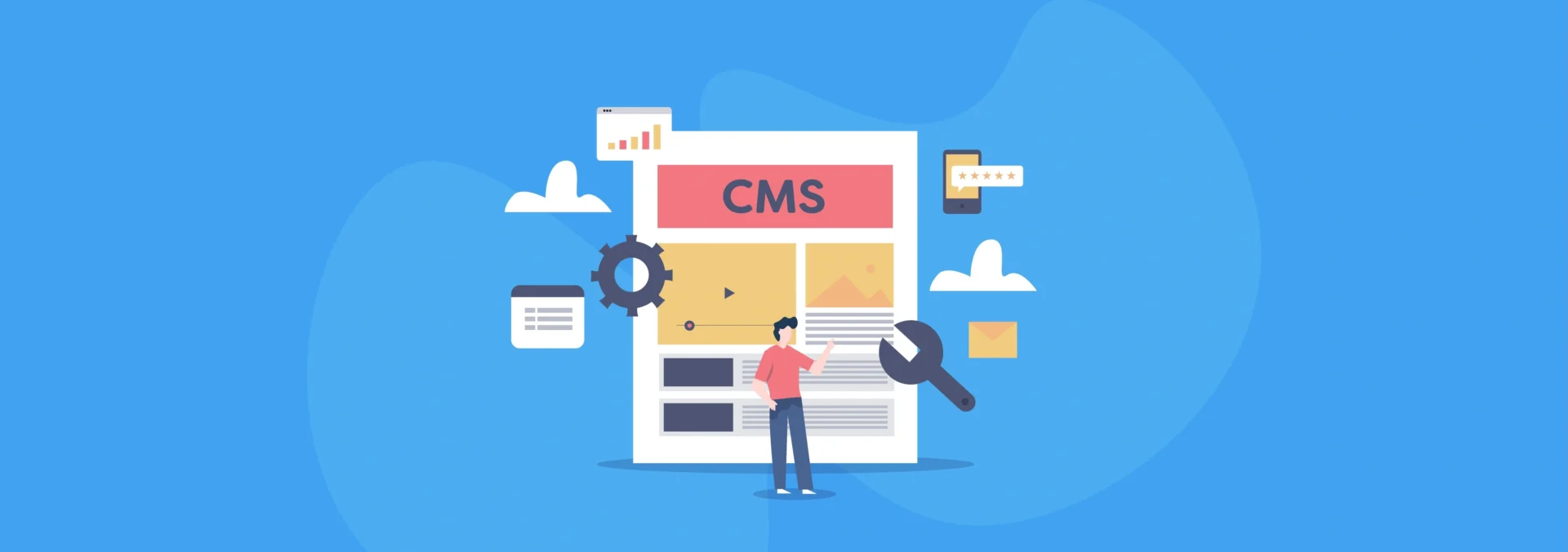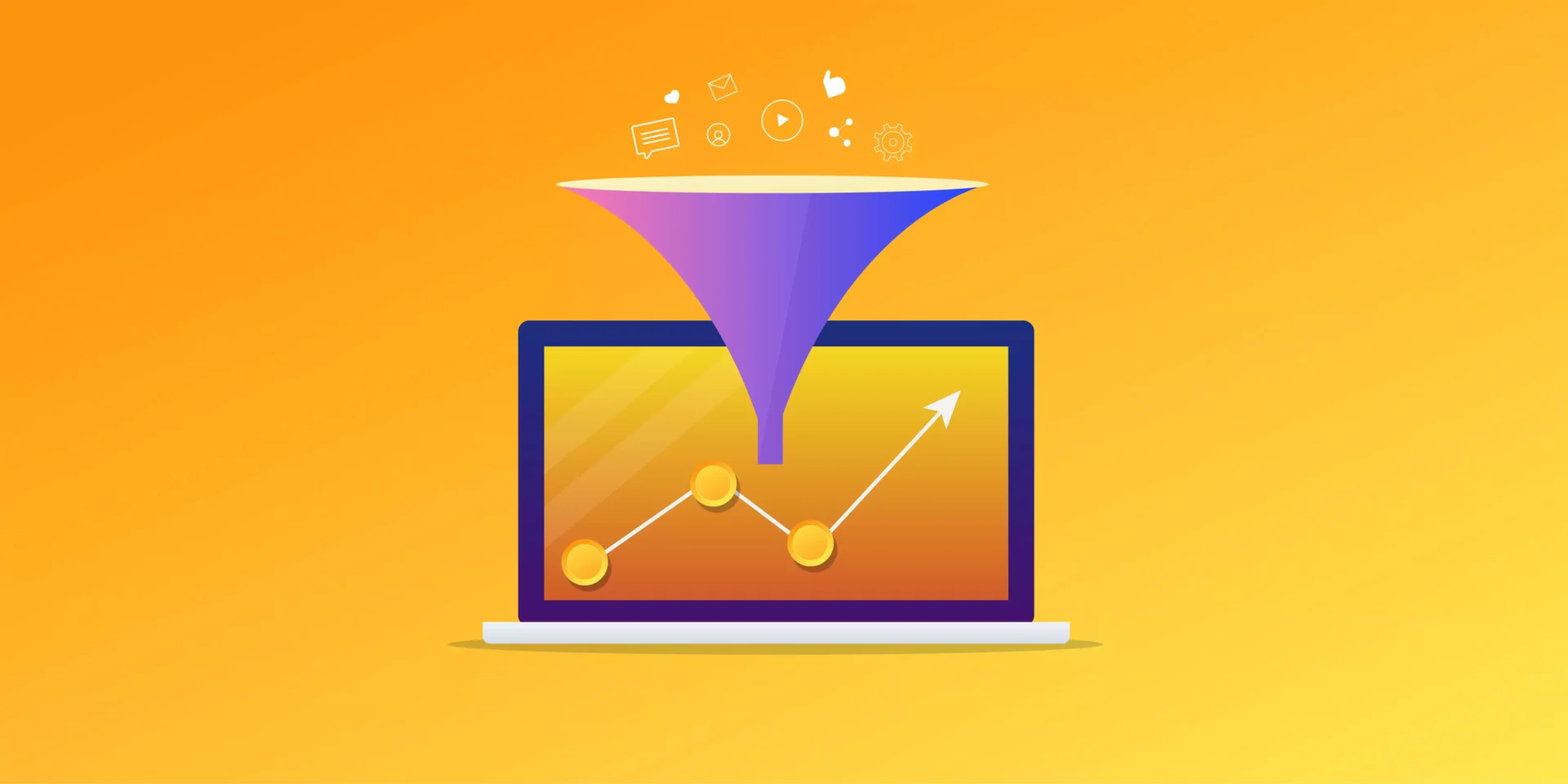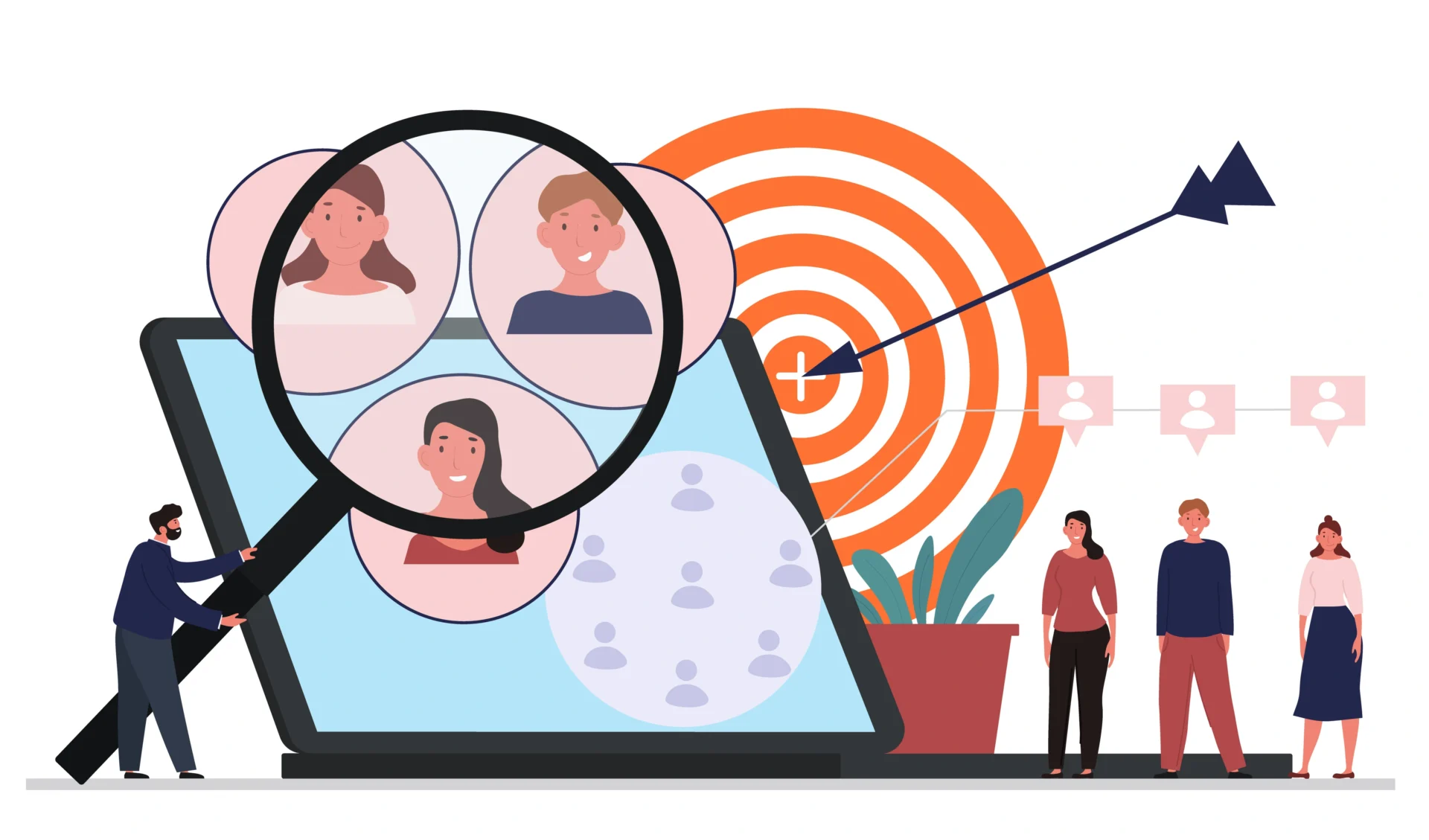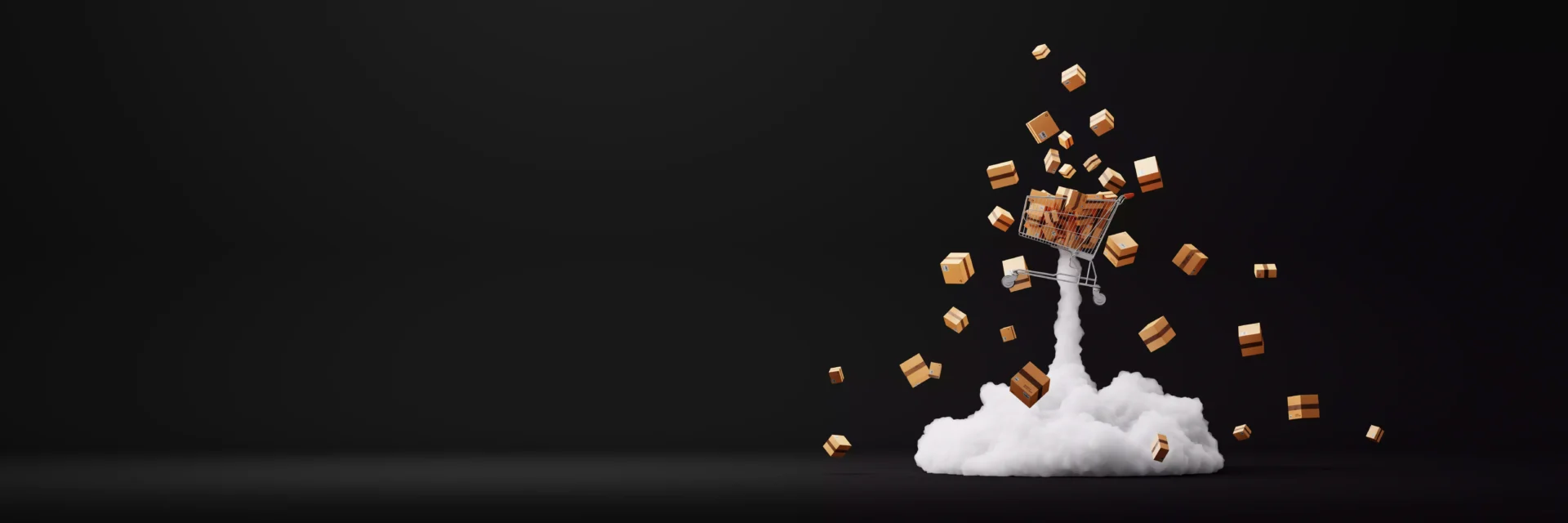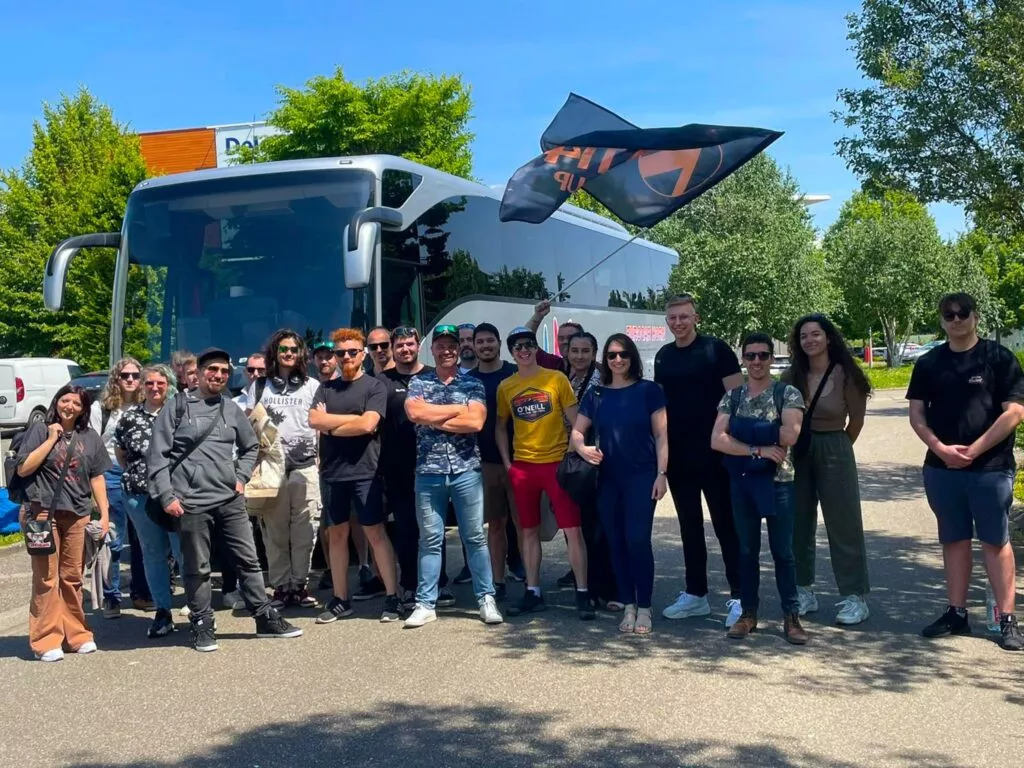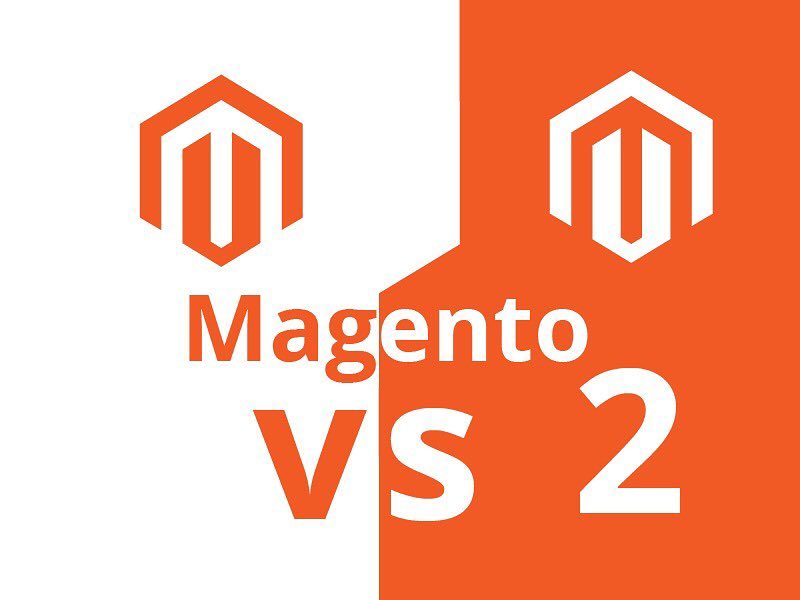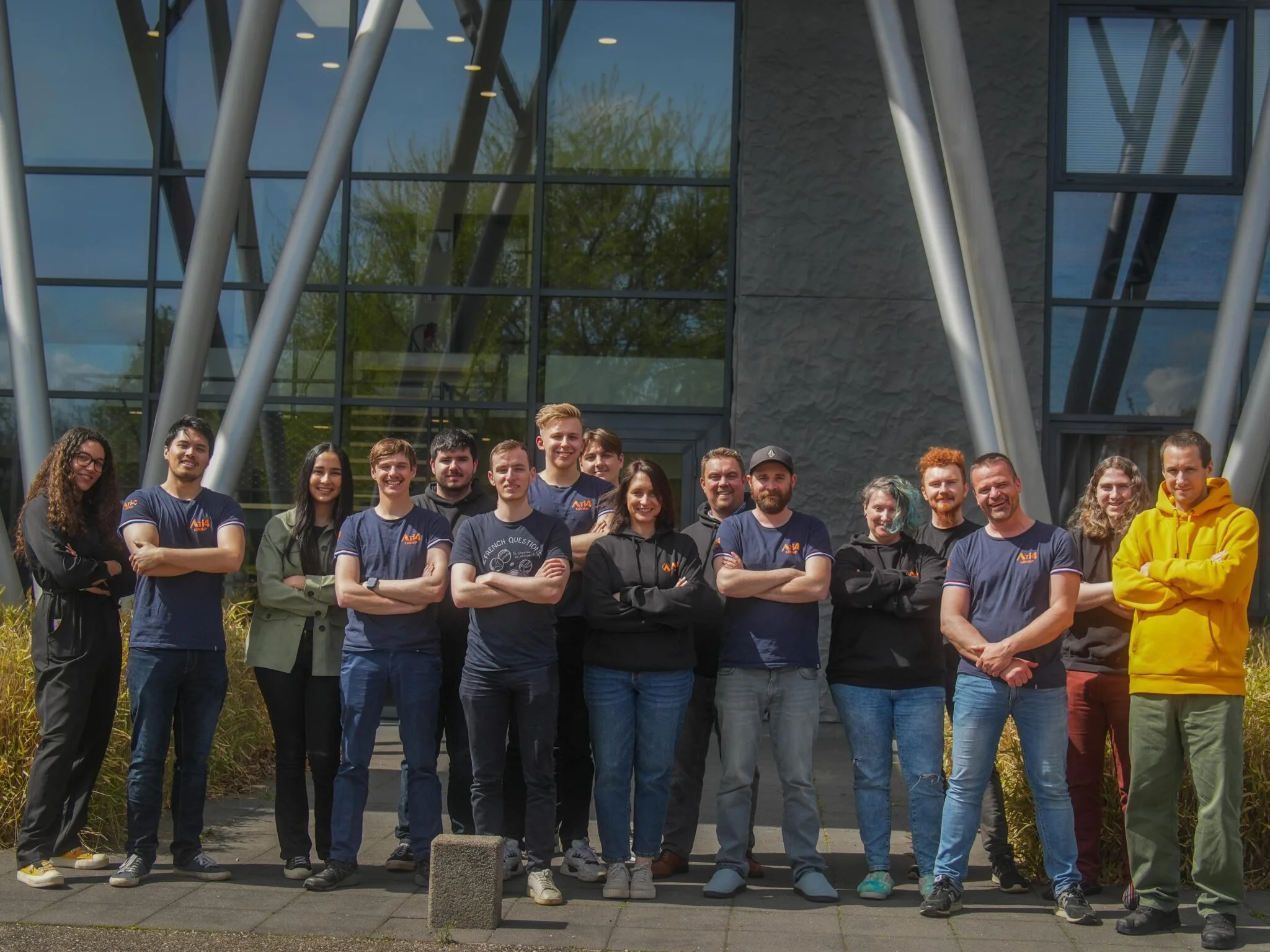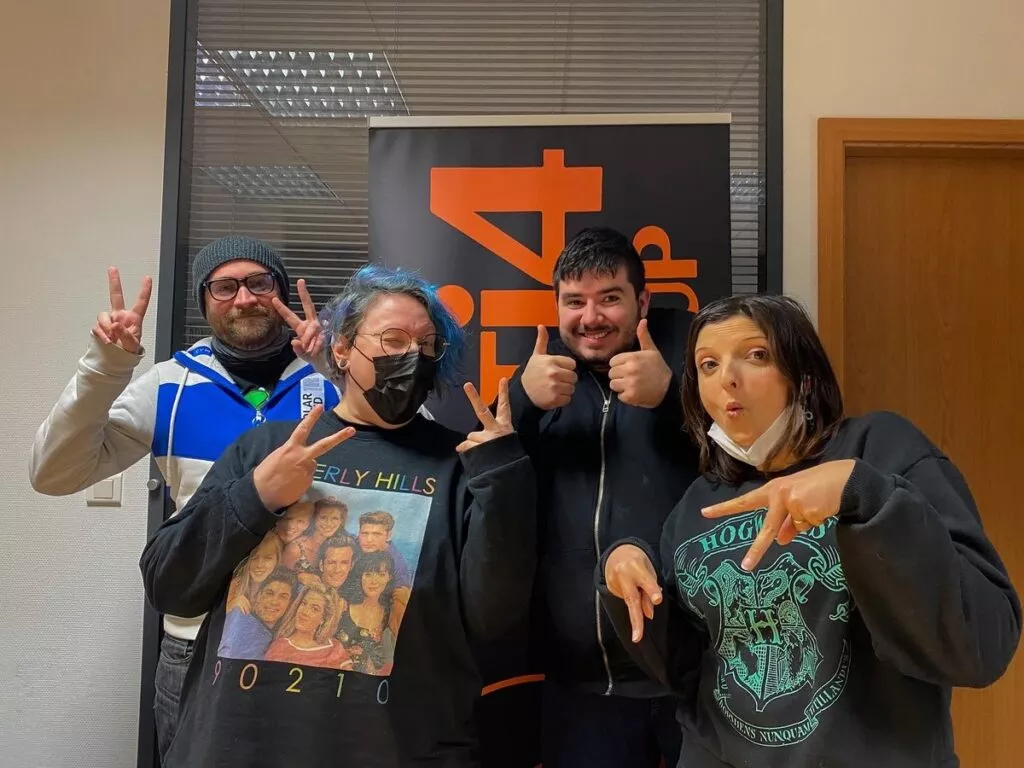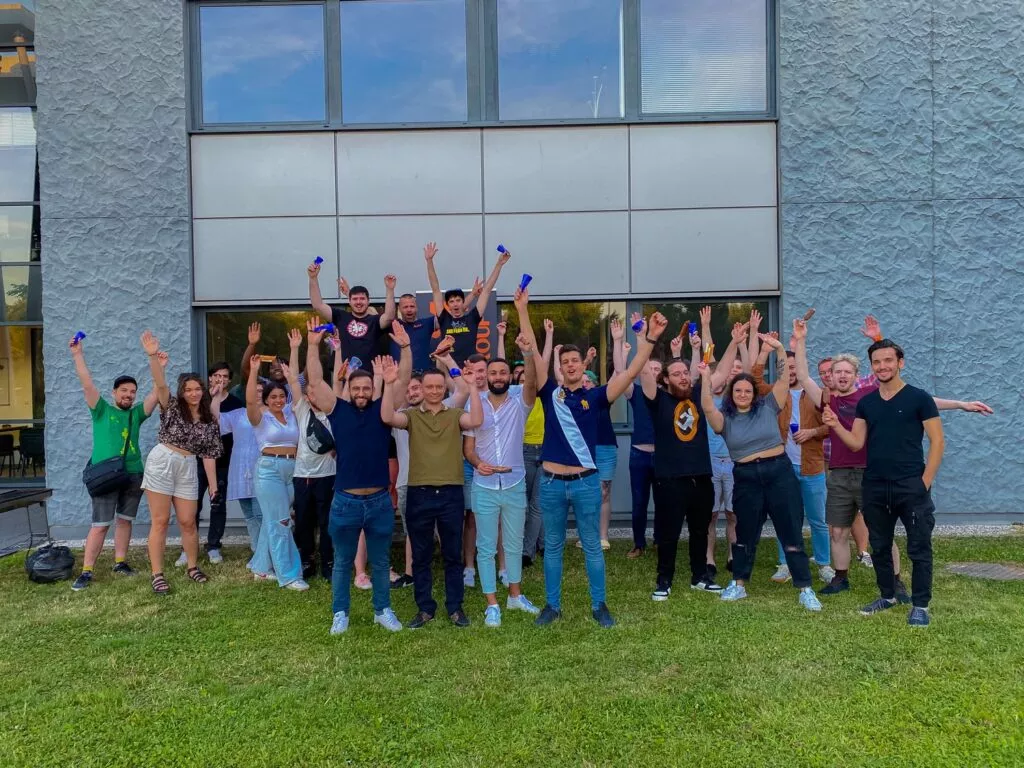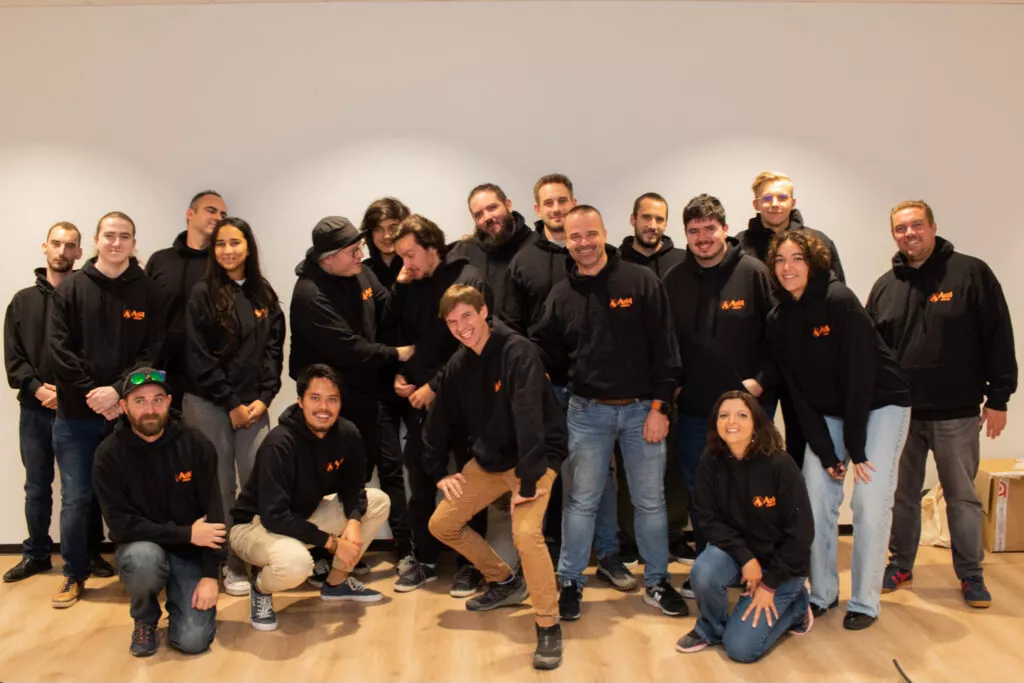E-commerce copywriting: the methods that convert.
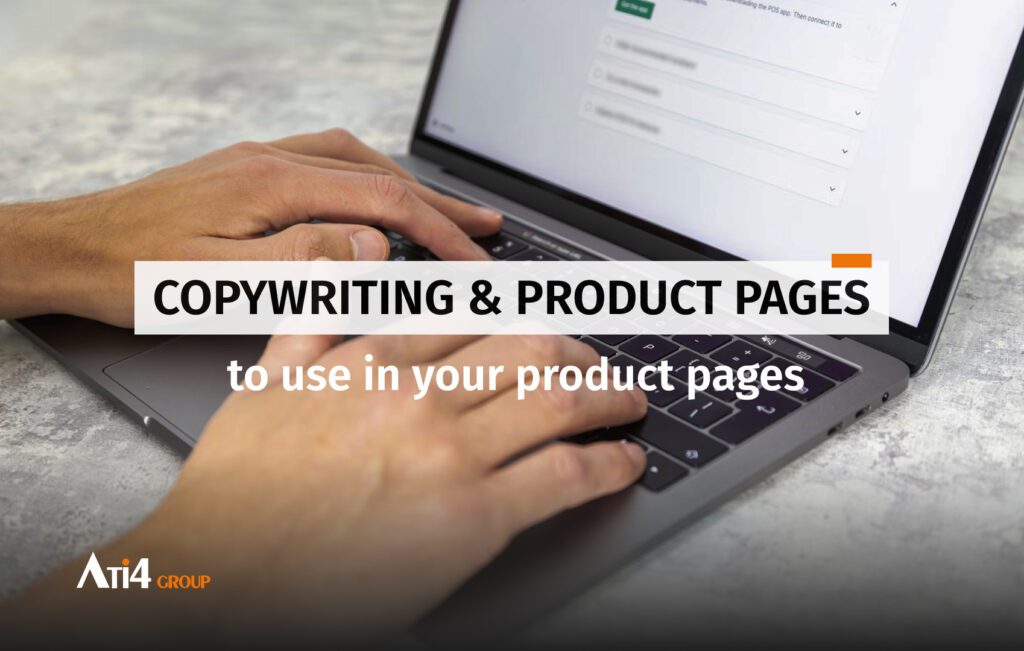
In all digital marketing strategies, content plays a central role, especially in B2B where the quality and depth of information are decisive. However, a common mistake is to confuse “in-depth content” with the product page. While long articles or white papers rich in information are sometimes developed, product pages are often neglected, with texts that are too short, sometimes cold, and not very engaging.
Yet, in B2B or B2C e-commerce, product pages are the most important pages: they generate traffic, build trust, and trigger purchases. And their effectiveness relies on the notion of copywriting, meaning the art of writing texts that inform, engage, and drive action.
When a product page is well designed, it doesn’t just list product features, it reassures the customer. It answers objections, highlights the product’s benefits, and creates purchase desire. The result is straightforward: a better conversion rate and more transactions.
Why use copywriting in your e-commerce product pages?
Today, your customers operate in an environment saturated with information. Ads, emails, and social media posts… on average, your consumer is exposed to more than 1,200 advertising messages per day (source: Radio France). So, a simple short description of your product is no longer enough. On the contrary, to convince, you need to capture attention immediately and turn a few lines into selling points. And this is precisely where copywriting comes in.
Unlike so-called “in-depth” marketing content, which is designed to support a medium- to long-term brand strategy, copywriting acts instantly. On a product page, it allows you to describe as much as possible with as few words as possible. You structure your content to tell a story that will lead your user to take action. In other words: you sell with words.
This approach is all the more important when we know that the user experience relies on a subtle balance between visuals and text. 93% of consumers consider the visuals and structure of a product page as a decision-making factor. In this sense, copywriting helps create content that attracts, sparks interest, and remains memorable, even if the purchase is not immediate.
Be careful: a good product page should never aim to mislead the customer. A catchy title must always be followed by consistent content. Otherwise, disappointment is inevitable, and conversion will be compromised. You need to focus on authentic, customer-oriented copywriting.
Several recommended methods
To help you implement copywriting that drives conversions, here are some methods that will allow you to structure your message and encourage action, in both B2B and B2C.
The AIDA method: Attention – Interest – Desire – Action
Created in the late 19th century, the AIDA method is one of the most famous. It offers a simple yet still effective structure :
- Attention: grab attention with a headline, a statistic, or a visual
- Interest: show that you understand your client’s need or problem
- Desire: highlight the benefits of your product and how it changes the user’s life
- Action: close with a clear CTA (purchase, add to cart, contact)
Example: You could start your product page with a direct question: “Tired of tangled cables?” Then highlight a need: “You need a simple and fast charger.” Next, spark desire: “Our model charges 3x faster and works with all your devices.” And finally, push action: “Order today and get 20% off.”
The AICDA method: with conviction
The AICDA method is a variation of AIDA, with an added “C” for Conviction. The idea is to reassure the customer before purchase to reduce perceived risk. You might use:
- client testimonials or real-life use cases
- product-related guarantees
- return options in case of dissatisfaction
- secure and adapted payment methods (B2B needs are different from B2C).
These elements are increasingly essential, as the absence of reassurance in e-commerce is one of the main causes of cart abandonment, in both B2B and B2C.
The PAS method: Problem – Agitation – Solution
Widely used in both B2B and B2C, the PAS method plays on psychology:
- Problem: describe the prospect’s frustration in their own words so they feel engaged from the start
- Agitation: emphasize the consequences if the problem is not solved
- Solution: present your product as the ideal answer
Example: “Do you waste hours managing invoices manually? You make mistakes and lose time every month… With our automated software, you can save up to 10 hours per week and secure your data!”
The PAPA method: Problem – Advantage – Proof – Action
Here, you remind the client of their pain point, project them into a positive future, and back it up with tangible proof:
- Problem: remind them of their frustration
- Advantage: describe the transformation after purchase
- Proof: reassure them with evidence (testimonials, case studies, figures)
- Action: make it easy to add to cart
The PASTOR method: a more narrative approach
Developed by Ray Edwards, the PASTOR method enriches PAS with a storytelling dimension:
- Start with PAS: Problem – Agitation – Solution
- Transformation: show the concrete change your product brings
- Offer: present an opportunity they can’t miss
- Response: push them to take action
The idea here is to demonstrate your product’s value through emotion to convert. You take your user by the feelings to drive the purchase.
The 4P method: Problem – Promise – Proof – Proposal
Careful not to confuse this with the marketing mix’s 4Ps. The 4Ps of copywriting deliver a simple and convincing message:
- Problem: remind the user of their need
- Promise: present a better future after purchase
- Proof: show this is possible and within reach
- Proposal: make a clear and precise offer to encourage purchase
Social proof is essential in e-commerce
Beyond writing structures, your product pages must also include reassurance elements. In both B2B and B2C, a prospect must feel confident in their decision before placing an order. You need to provide social proof that demonstrates the effectiveness of your product (testimonials, case studies, reviews, partner logos, press mentions, etc.).
You must also highlight your flexibility, especially in B2B where the purchase journey is longer and more complex. Your offer should include delivery, return, and payment options adapted to their environment. You need to reassure and be present before, during, and after the purchase, with responsive and accessible customer support. These combined details will build trust and make action easier.
Over the years, several copywriting methods have been developed. You won’t be able to use them all at once on your product pages, but don’t worry — most rely on a common structure that can be applied to your pages:
- a headline that grabs attention
- an introductory lead that captures interest
- highlighting the problem faced
- describing a better future thanks to your solution
- showcasing the direct benefits of the product (before technical specs)
- providing proof and guarantees that your product meets their needs, and the promise of support if not
Keep in mind that the AIDA method remains the most known and widely used because it has proven effective for over a century. But whether you use AIDA, PAS, PASTOR, or another, the logic is the same: start from a real problem, show the prospect a better future, provide proof your product delivers, and make a clear offer that drives action.
Never forget: your customers buy primarily to relieve a pain or meet a concrete need. The stronger this pain is perceived, the more natural the decision to act will be. The goal of copywriting is not to manipulate, but to highlight your product’s value and how it can truly improve the prospect’s life.
Find out what’s new at the company.
Because mixing fun and work is at the heart of our philosophy, we always try to make a special place for it in our business life.
